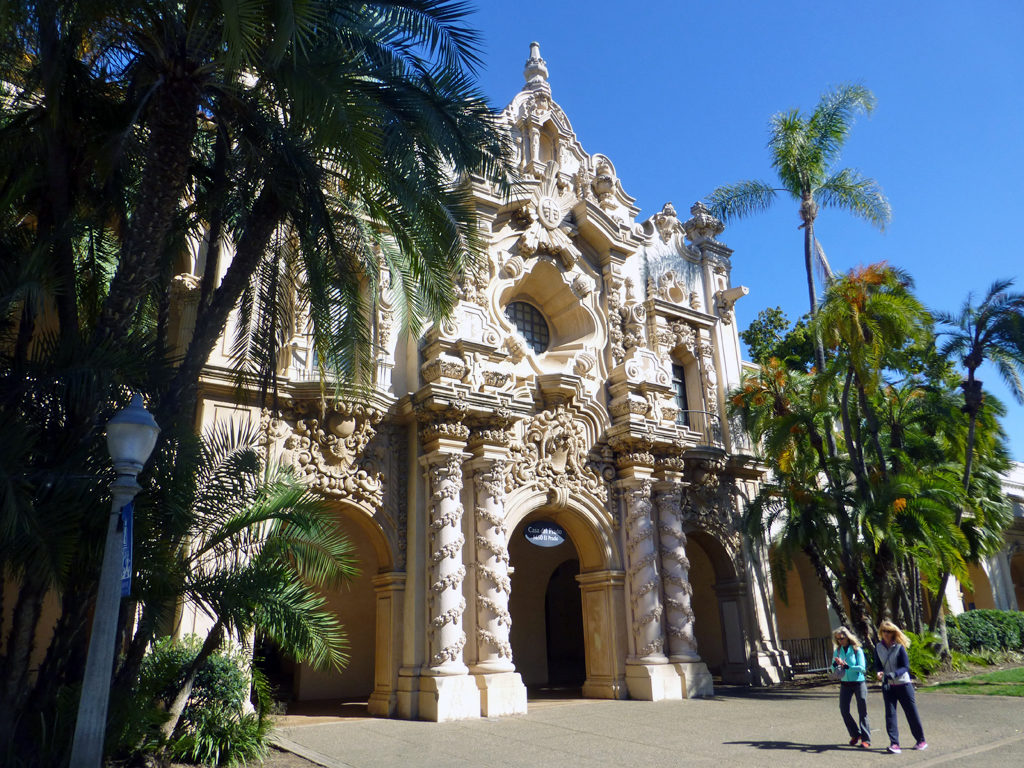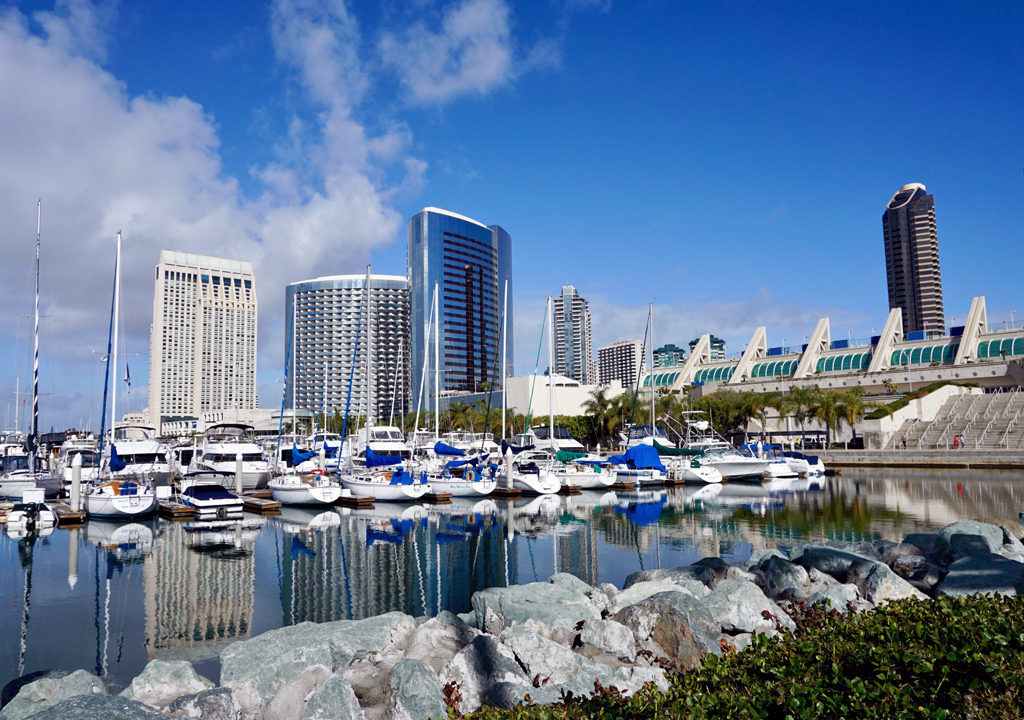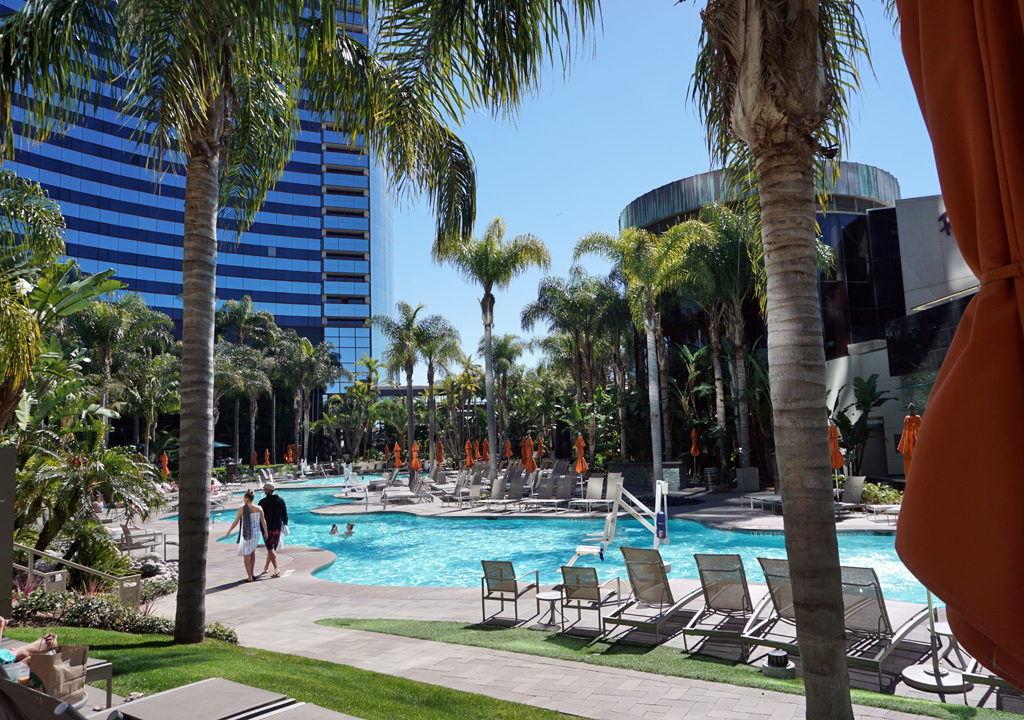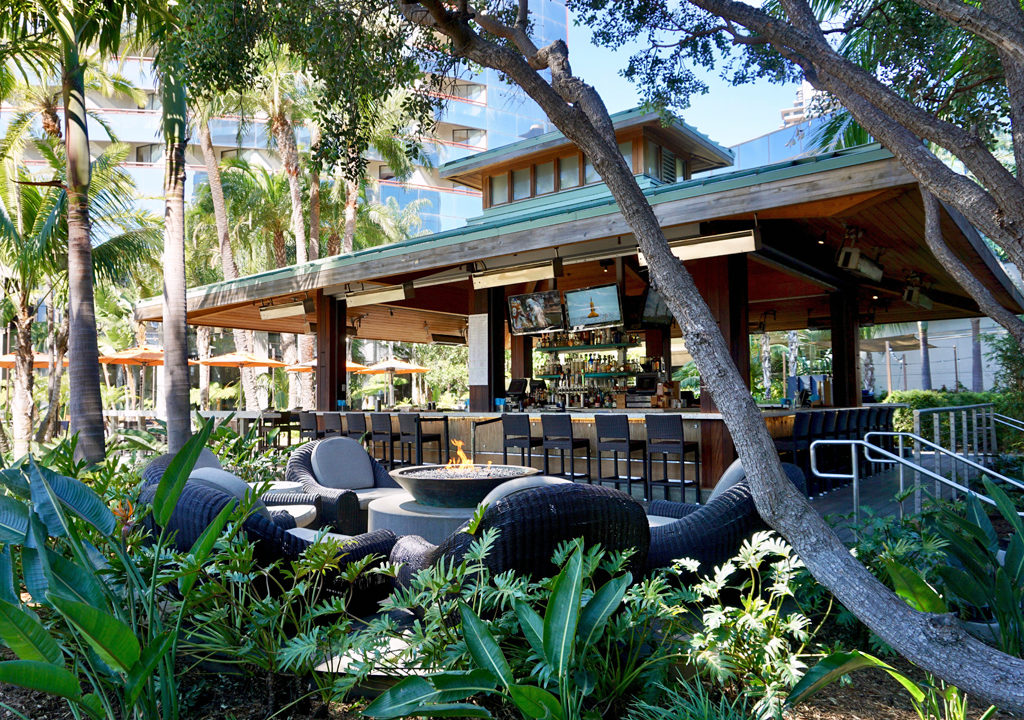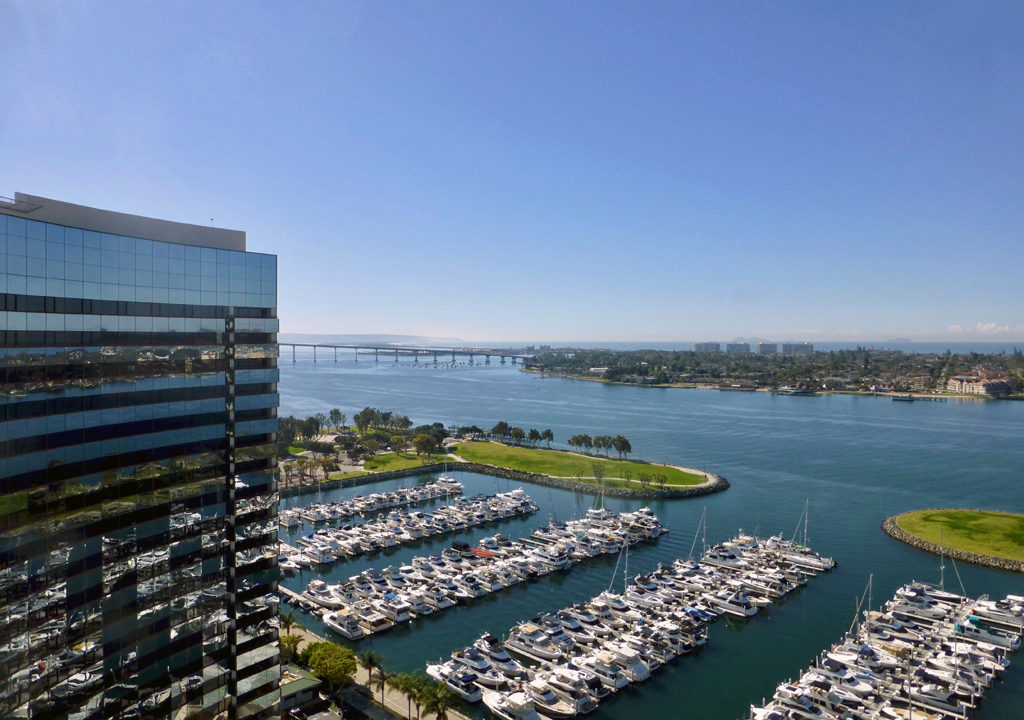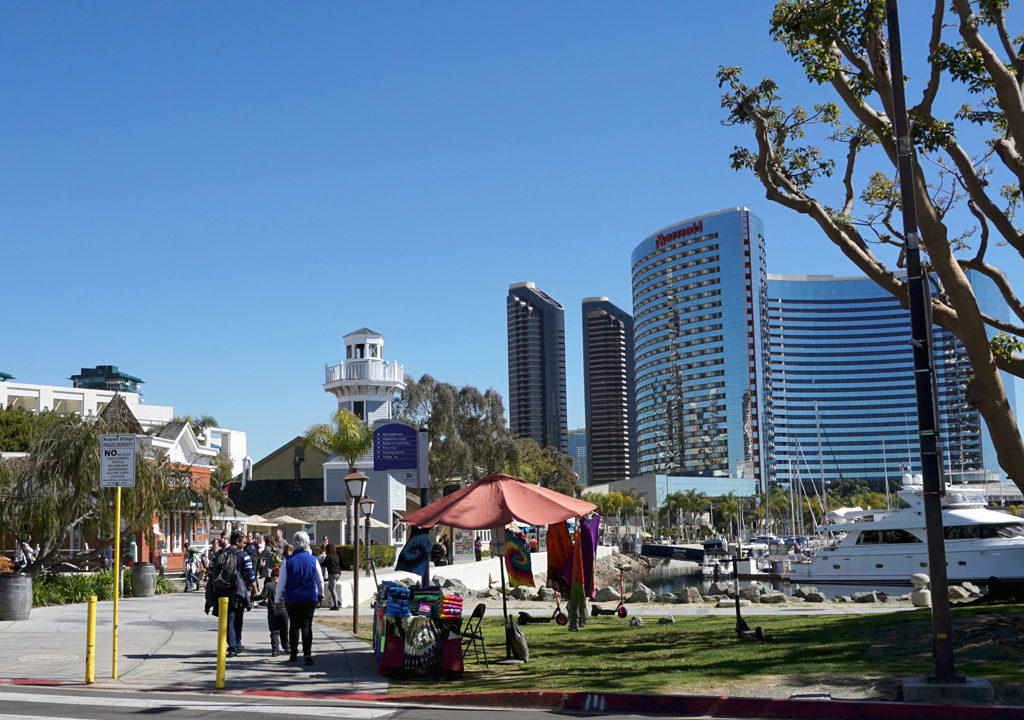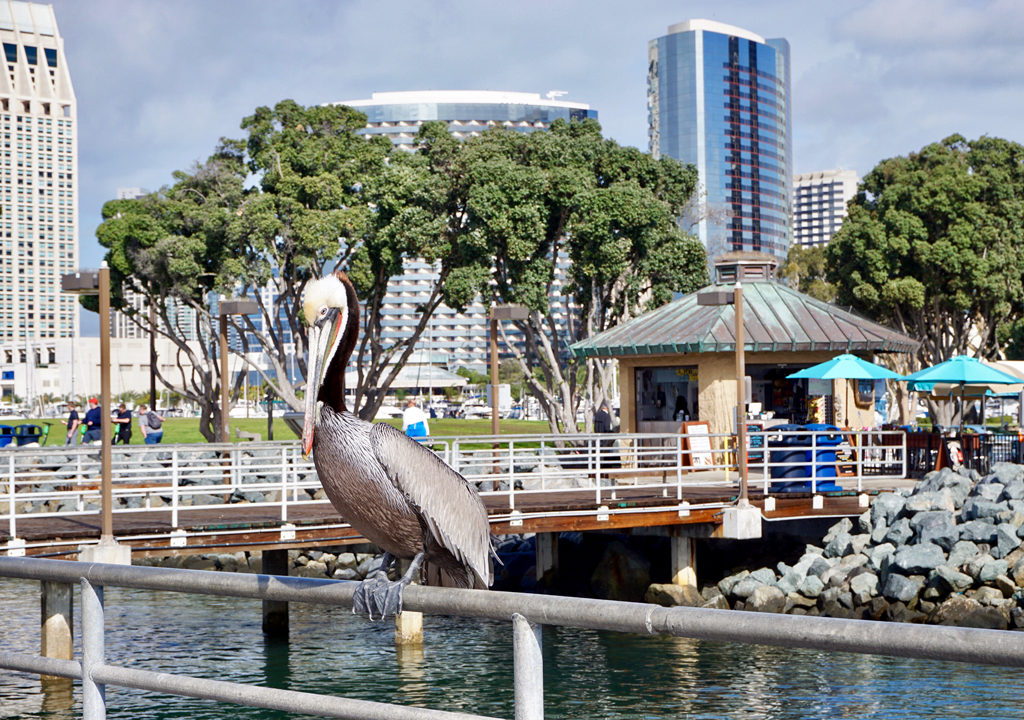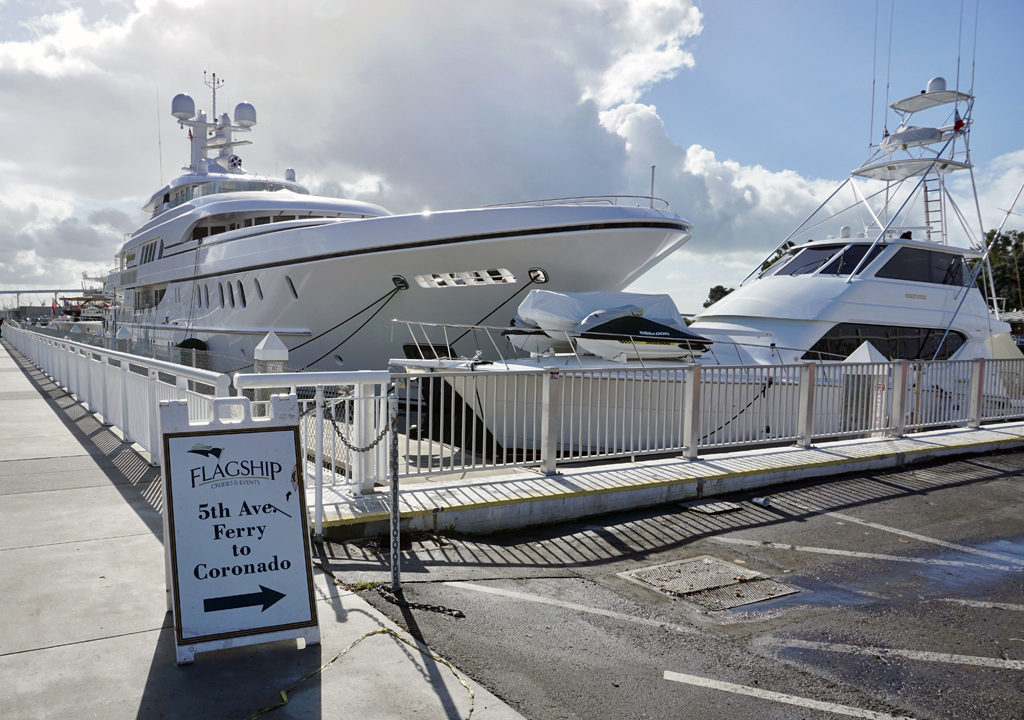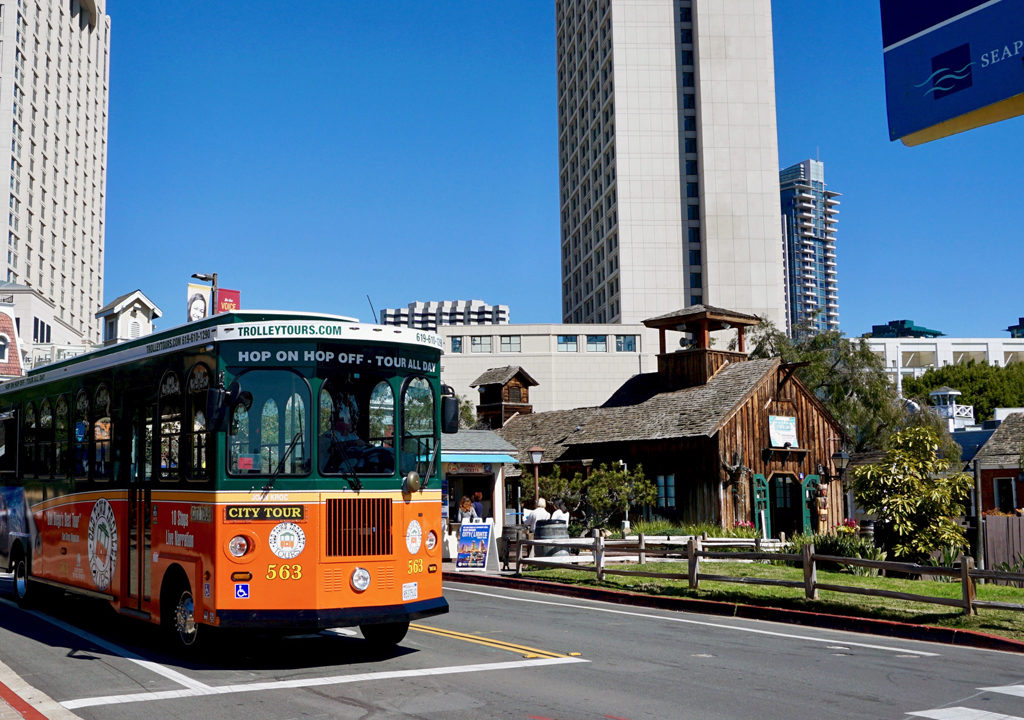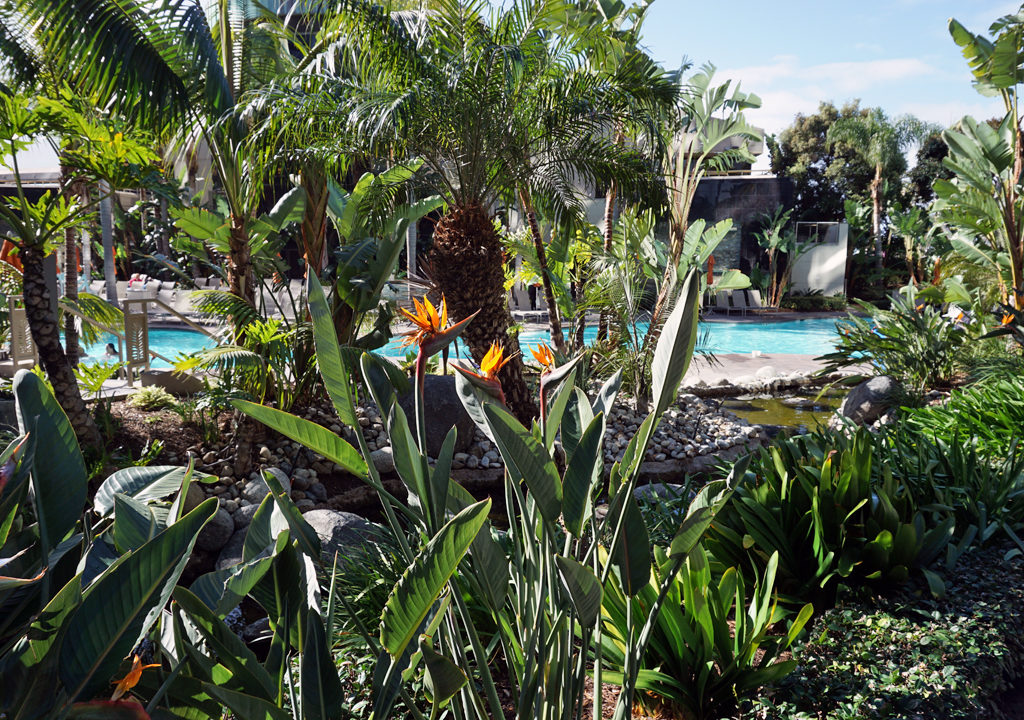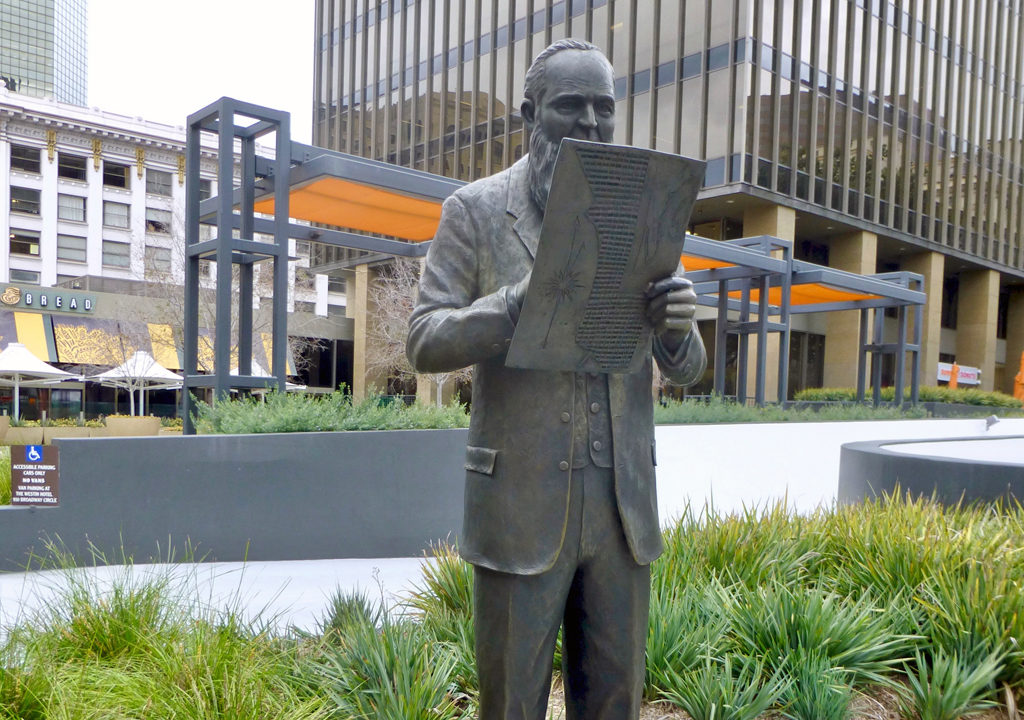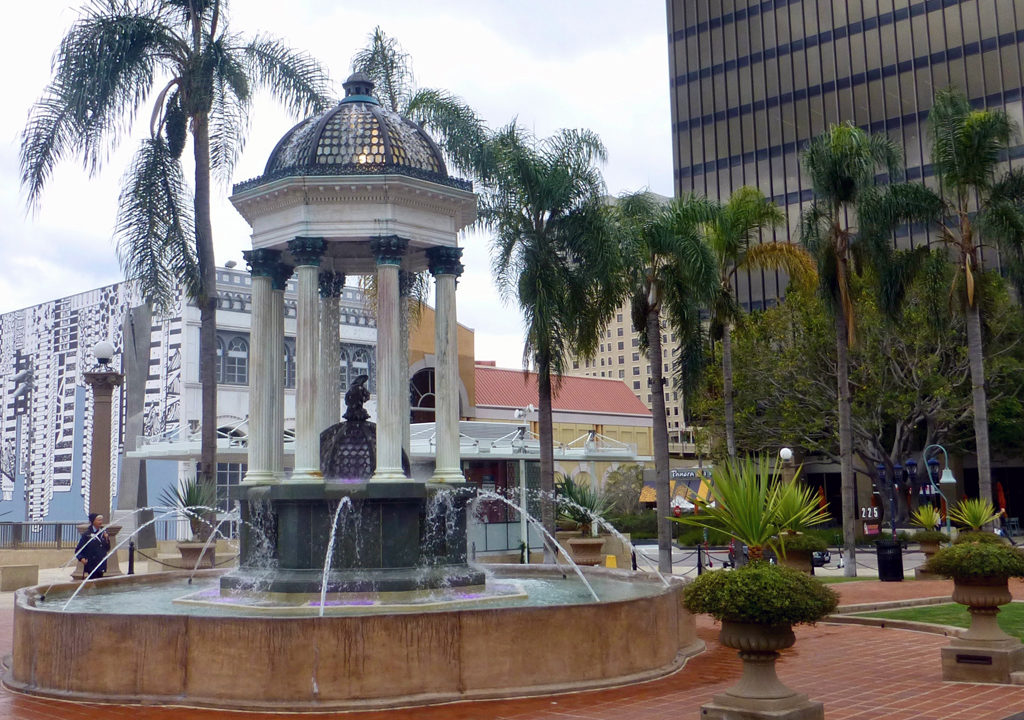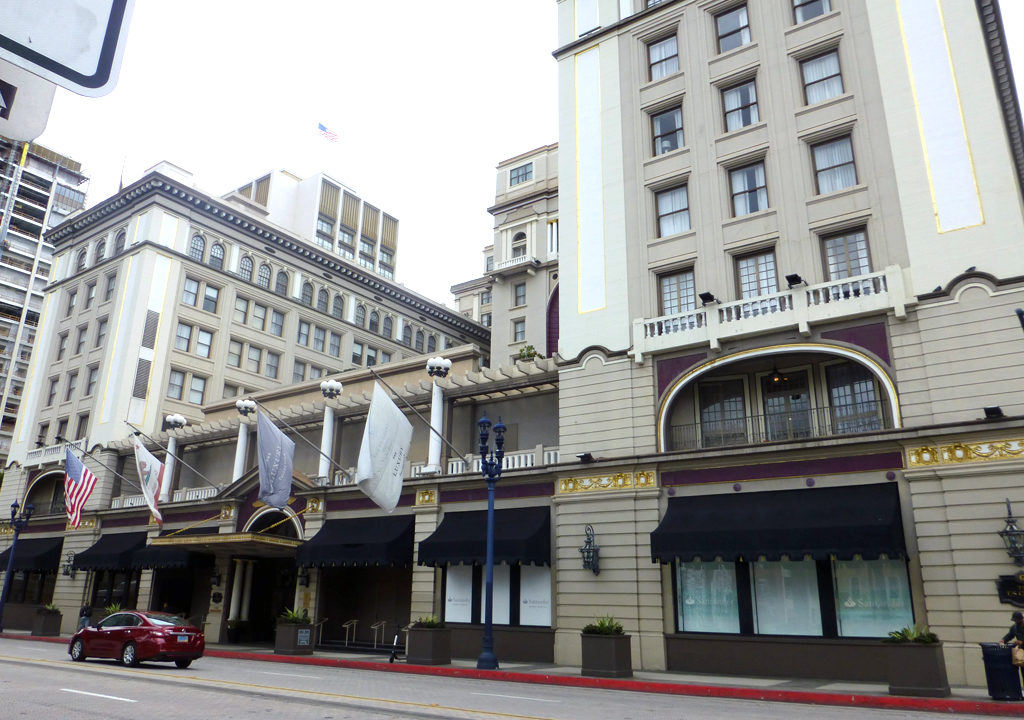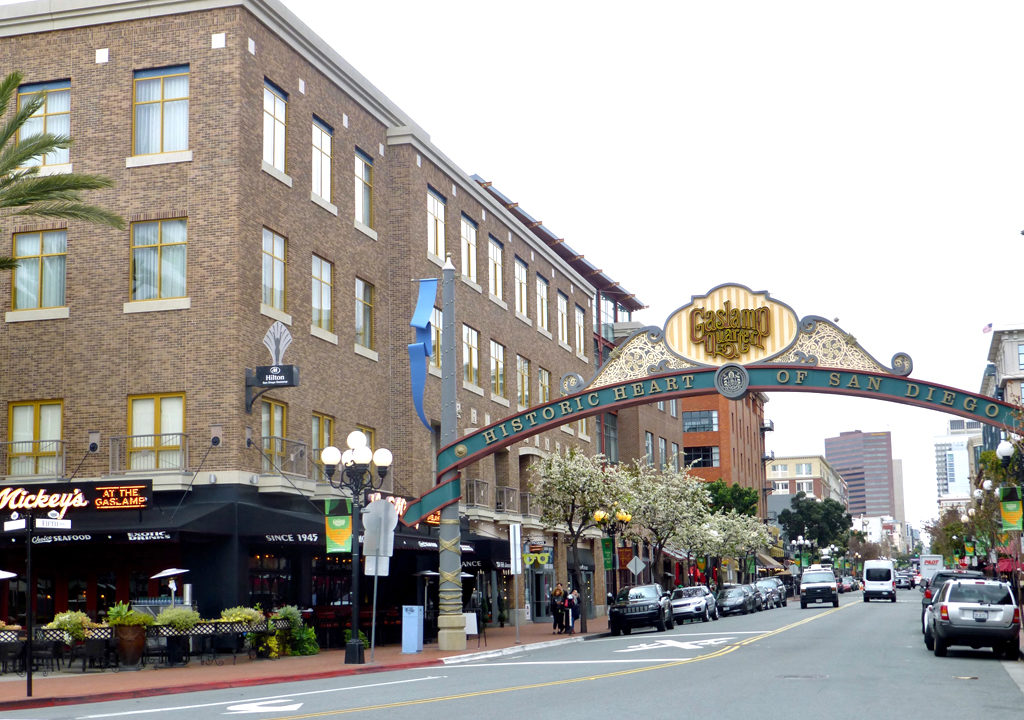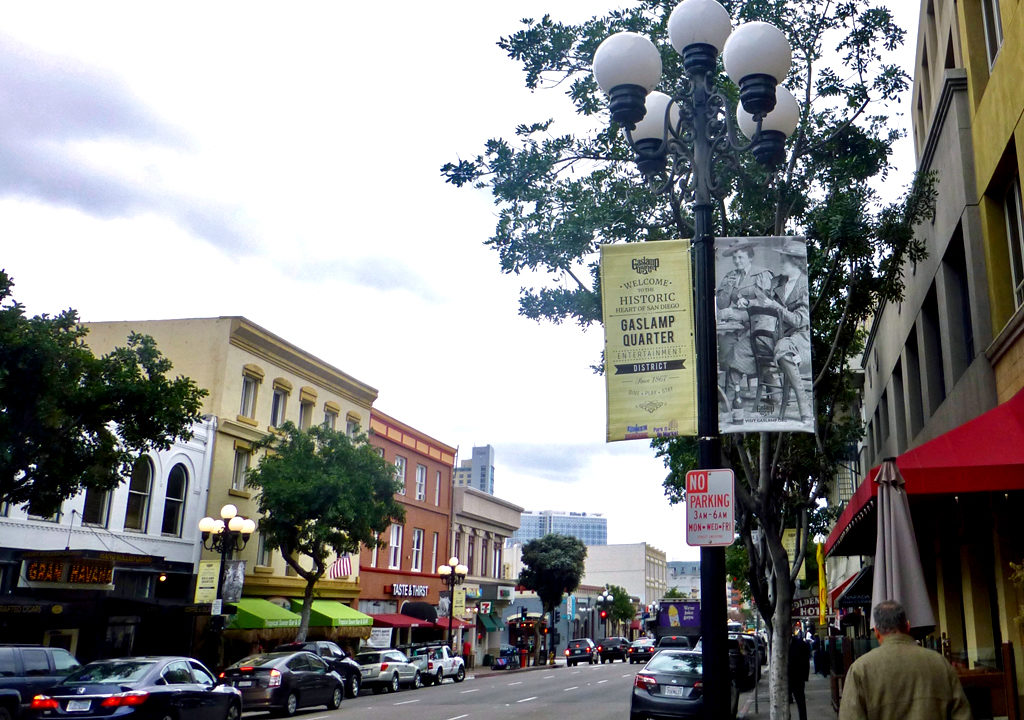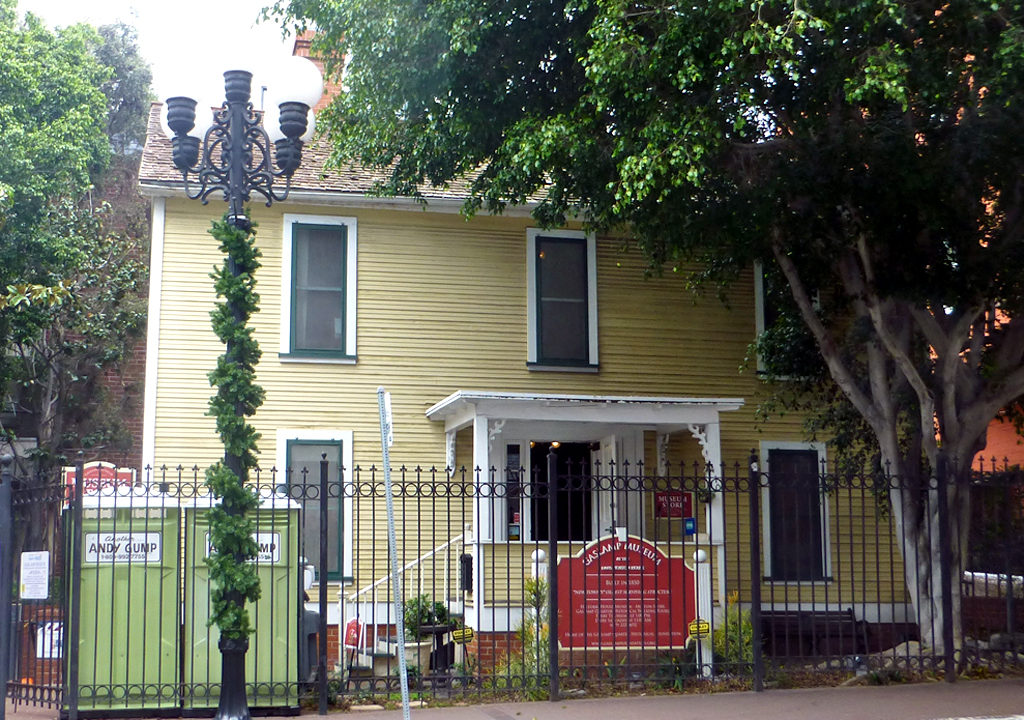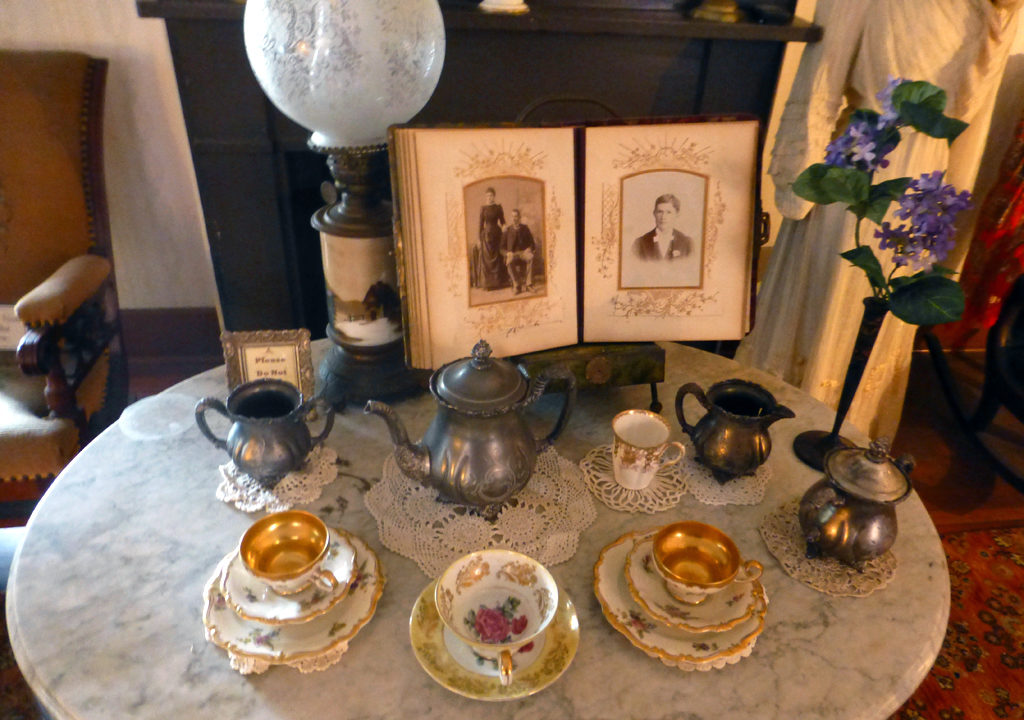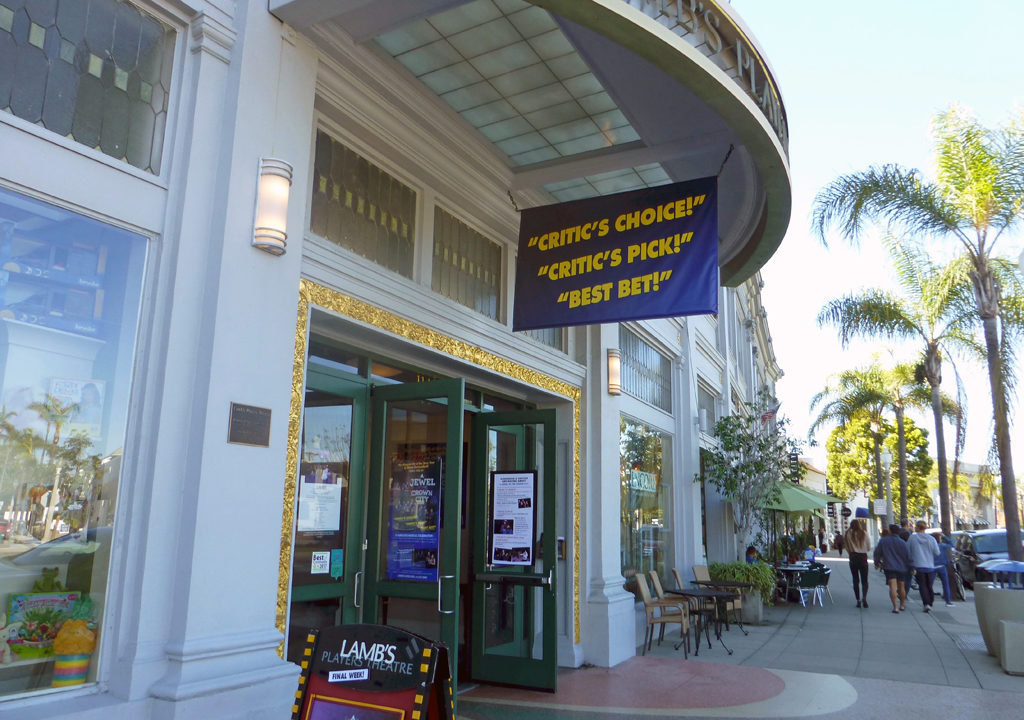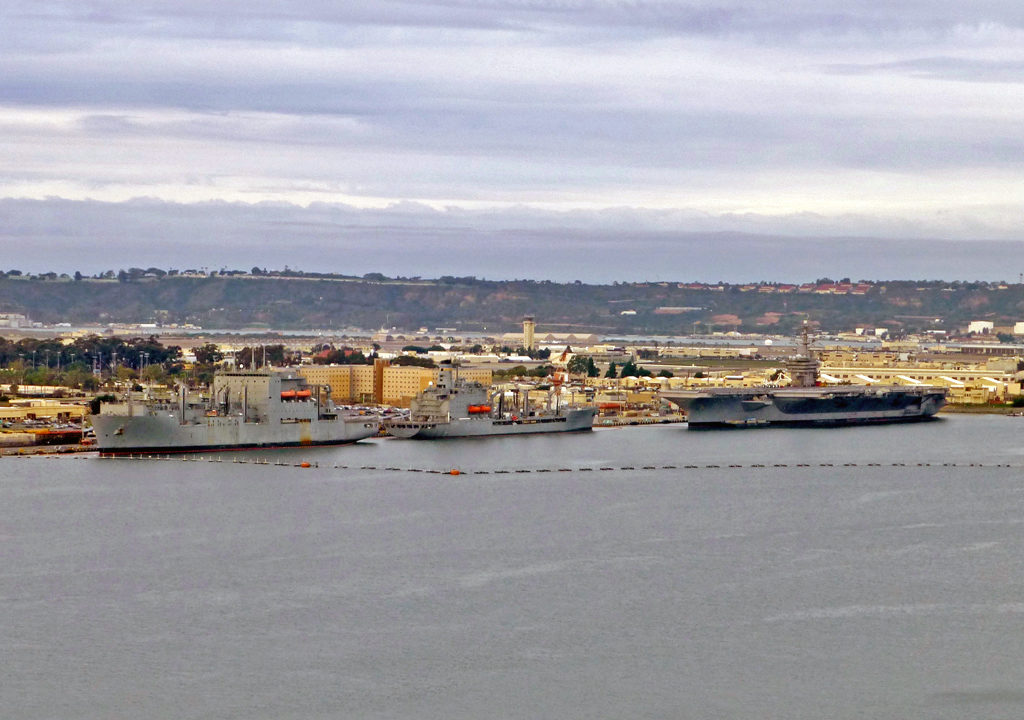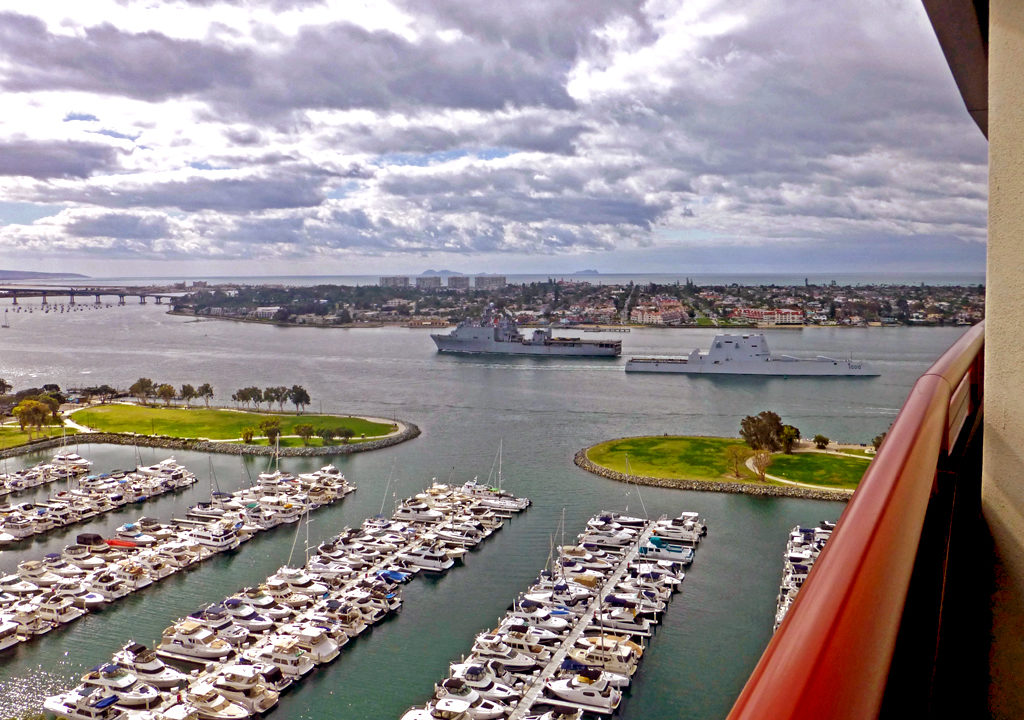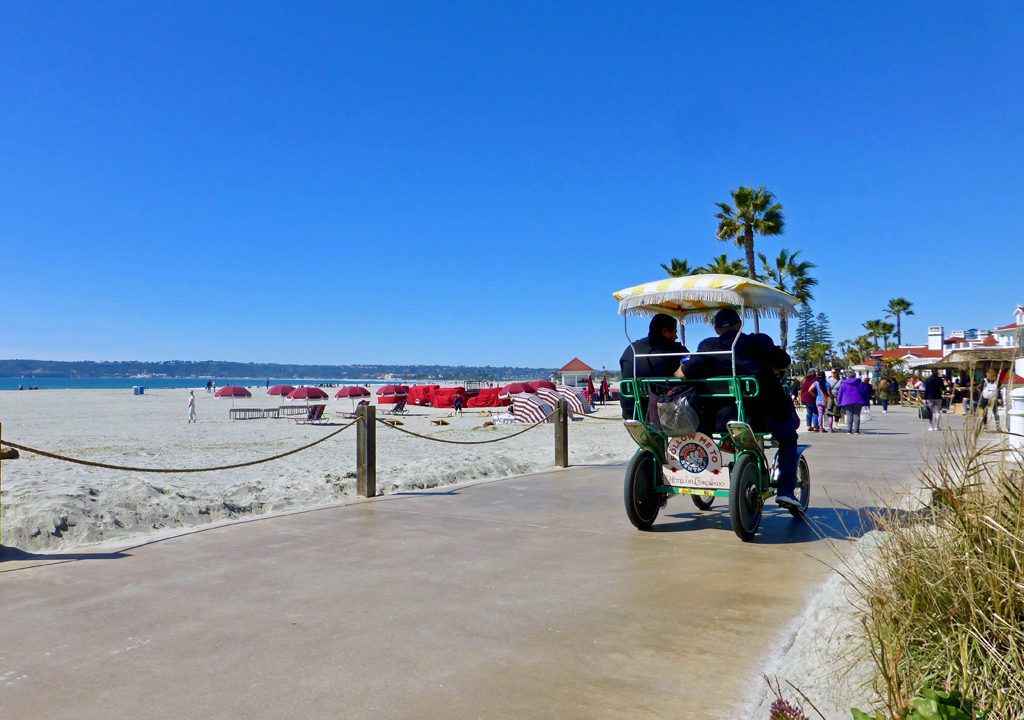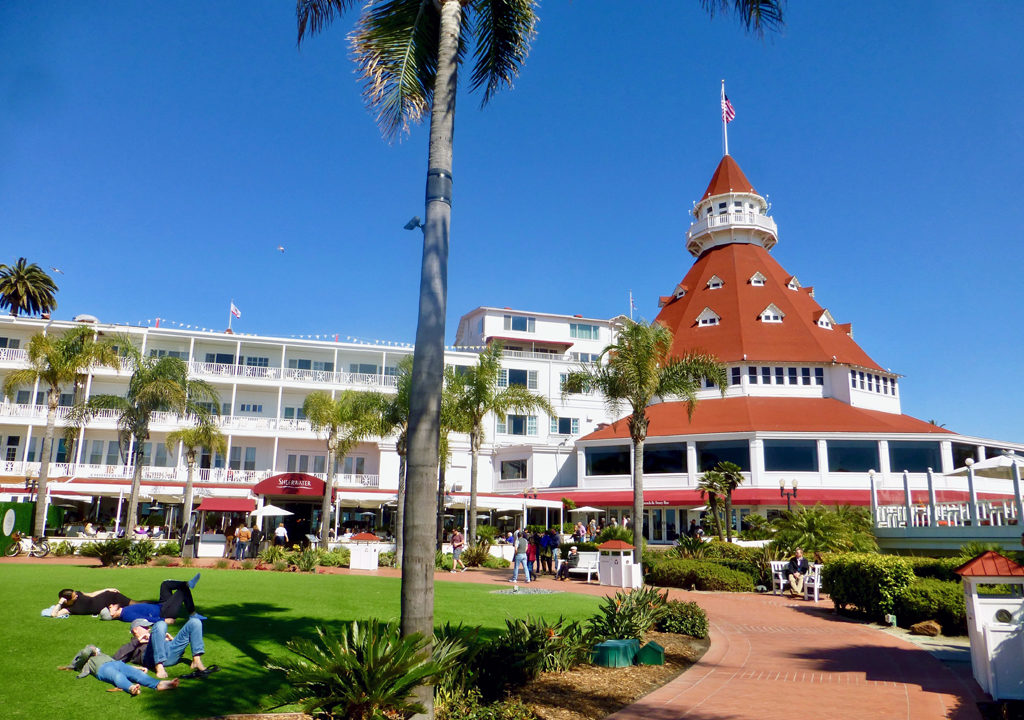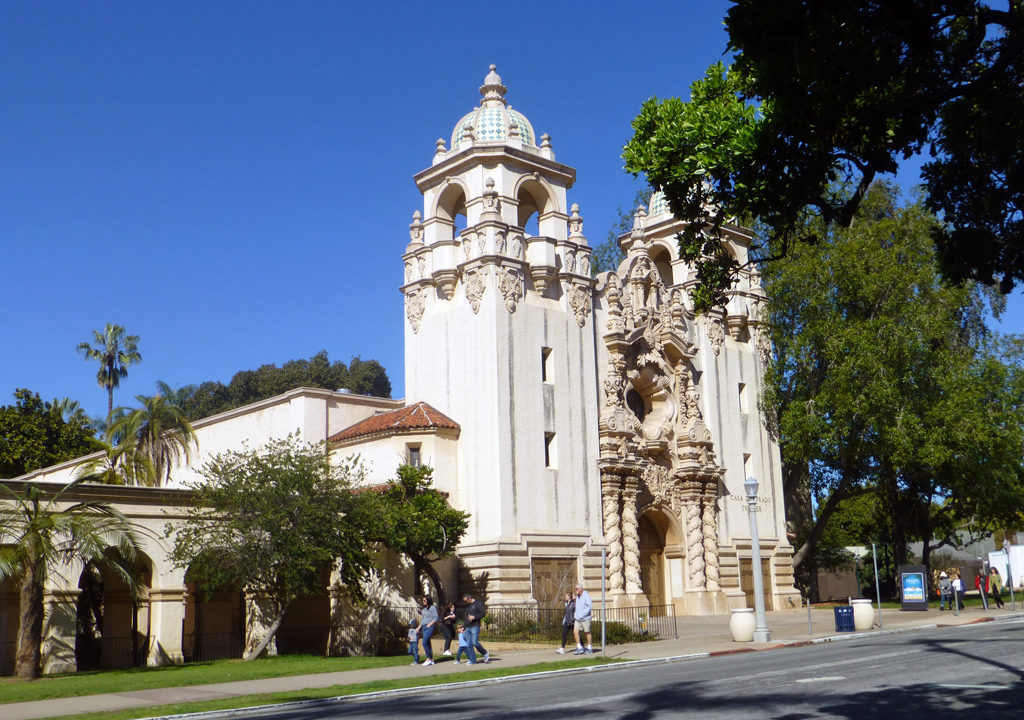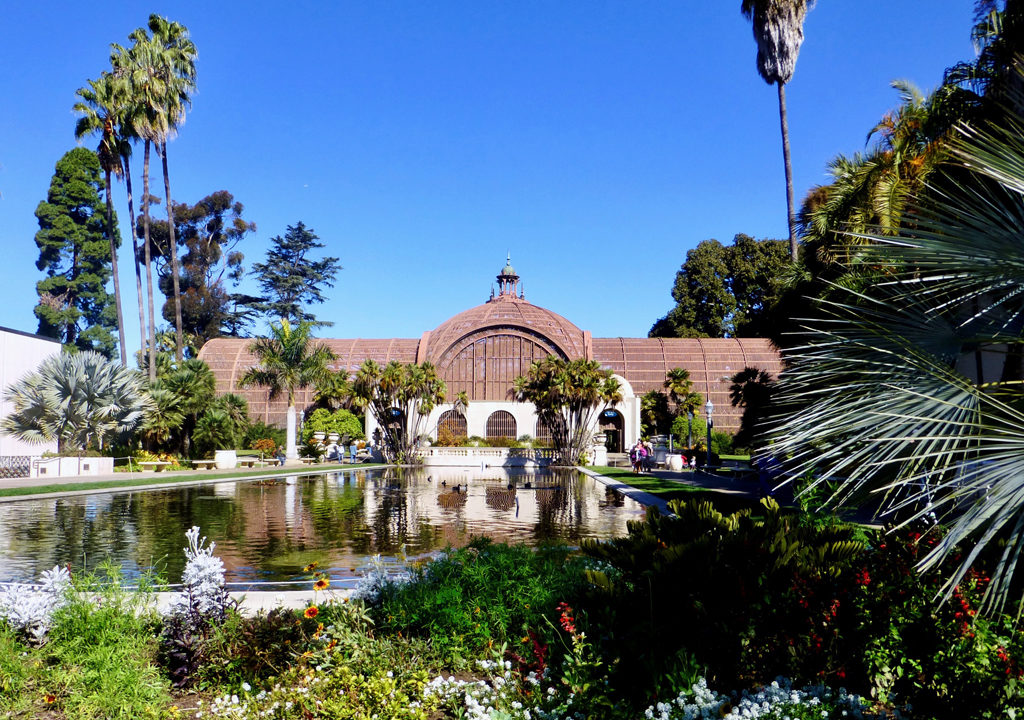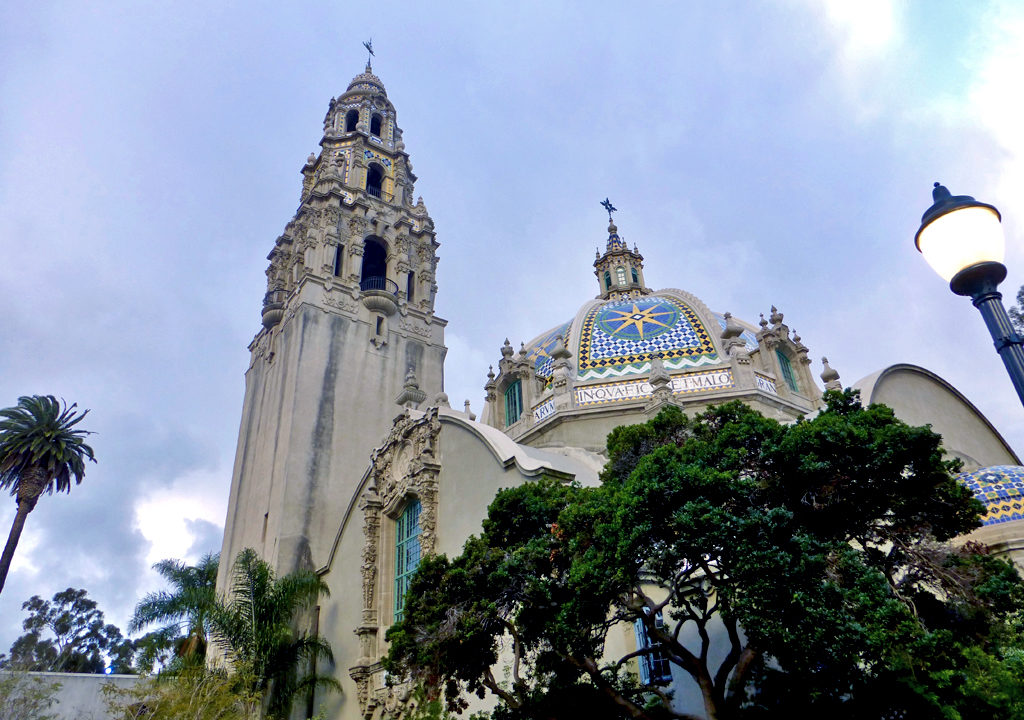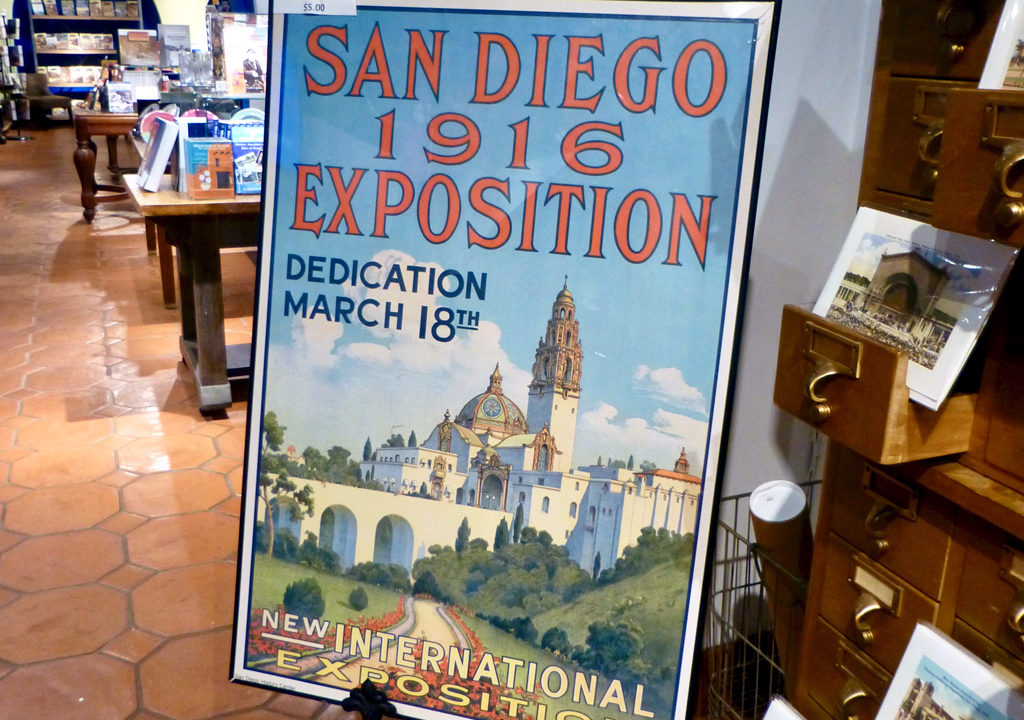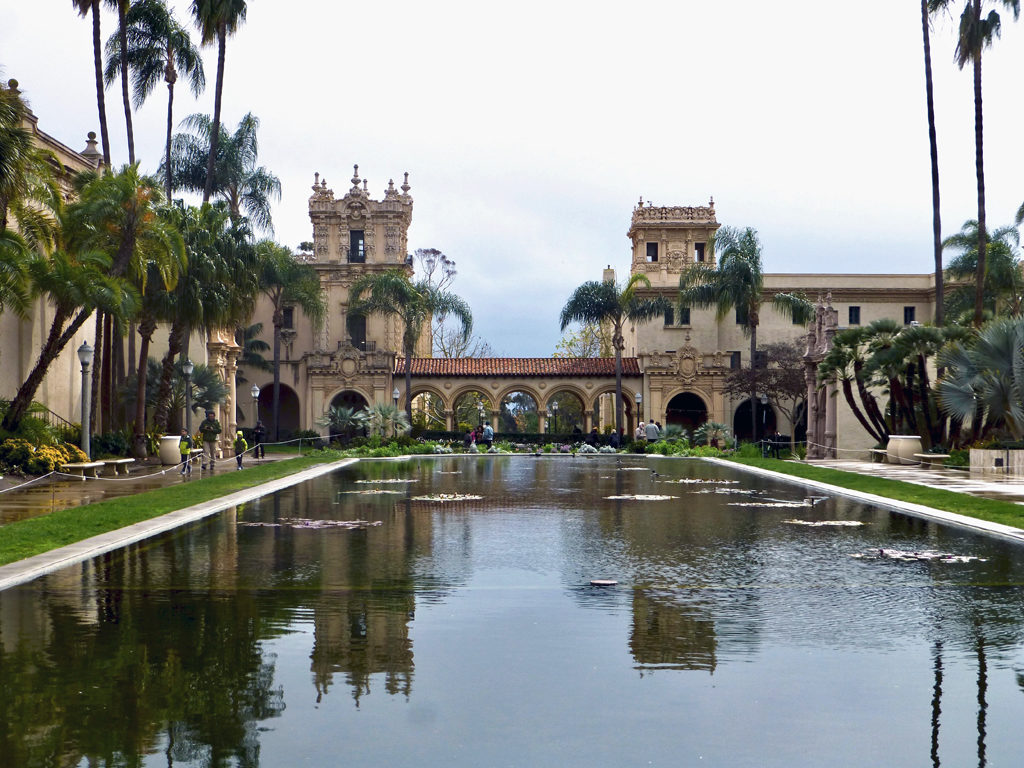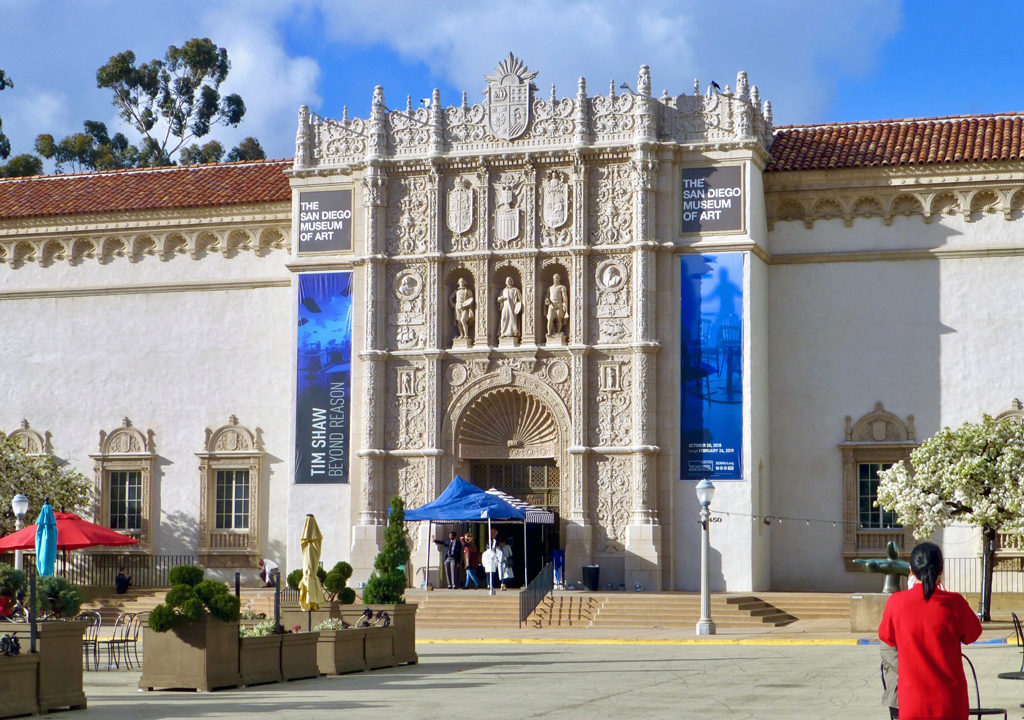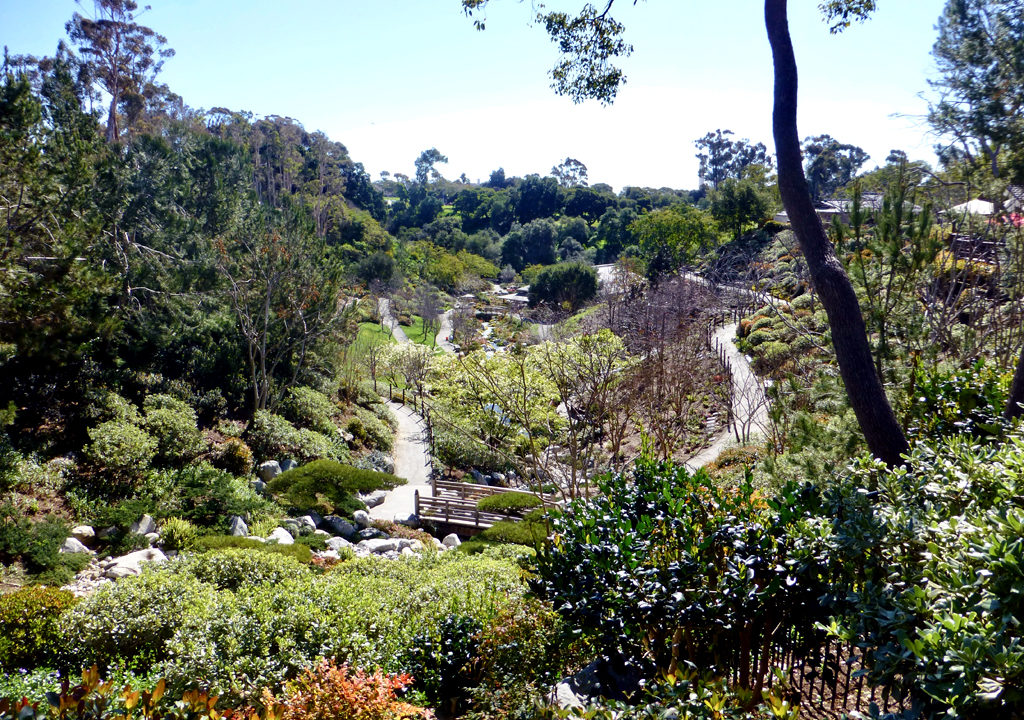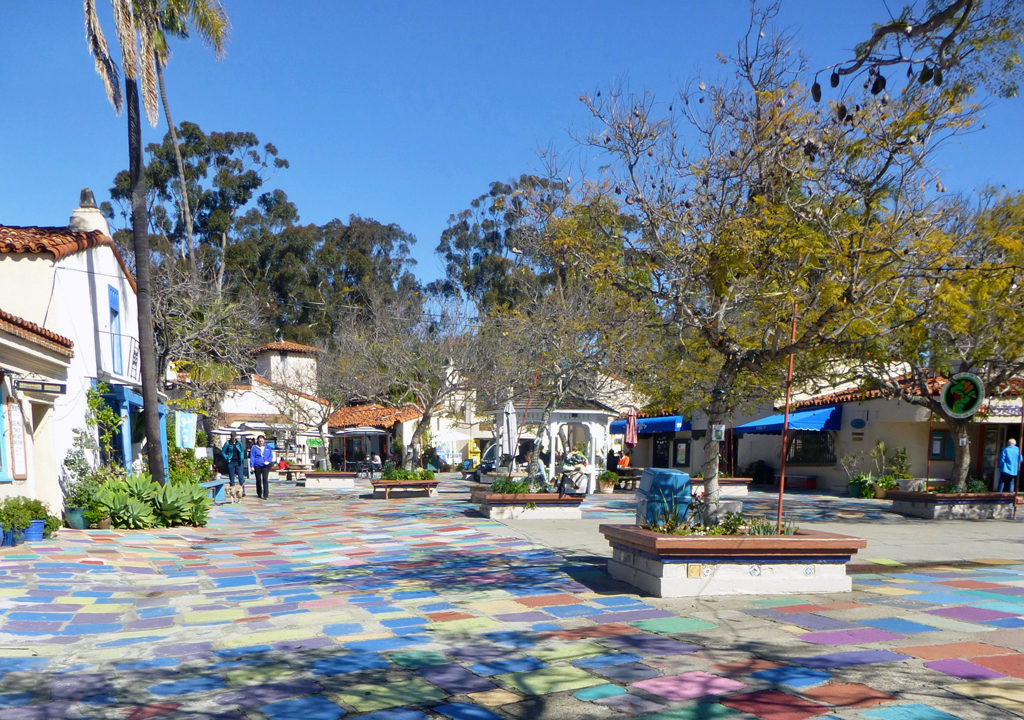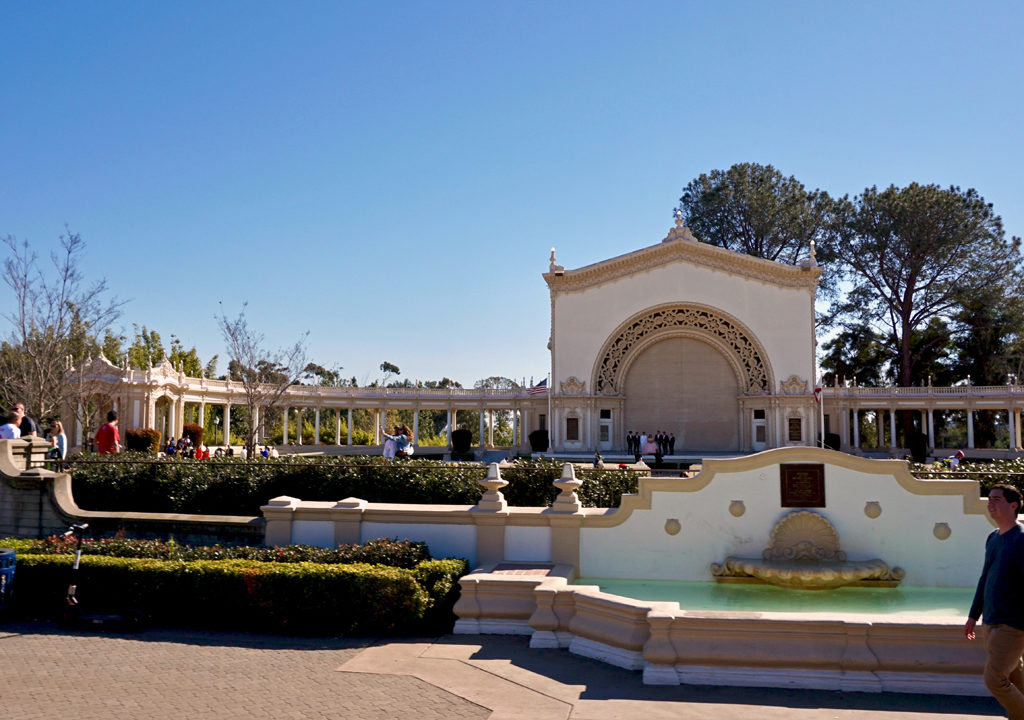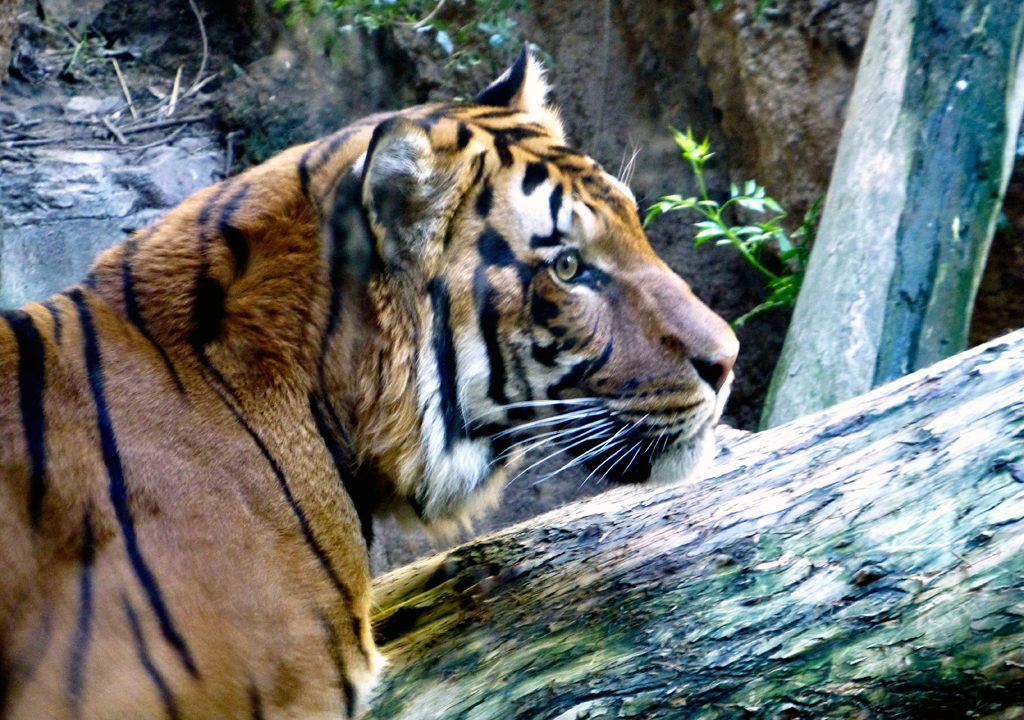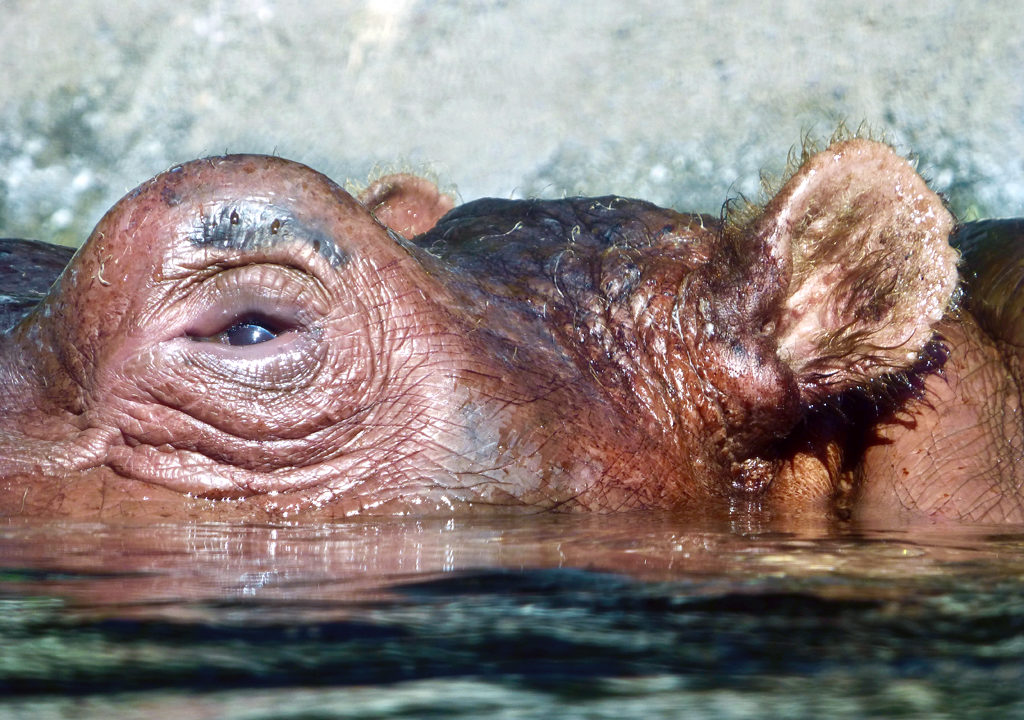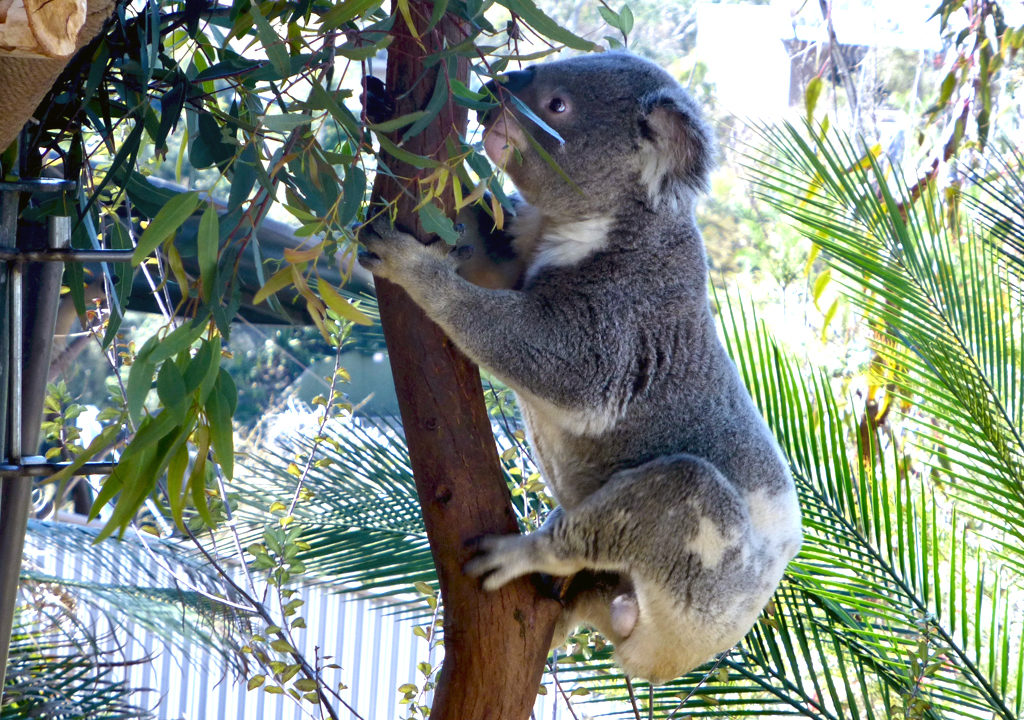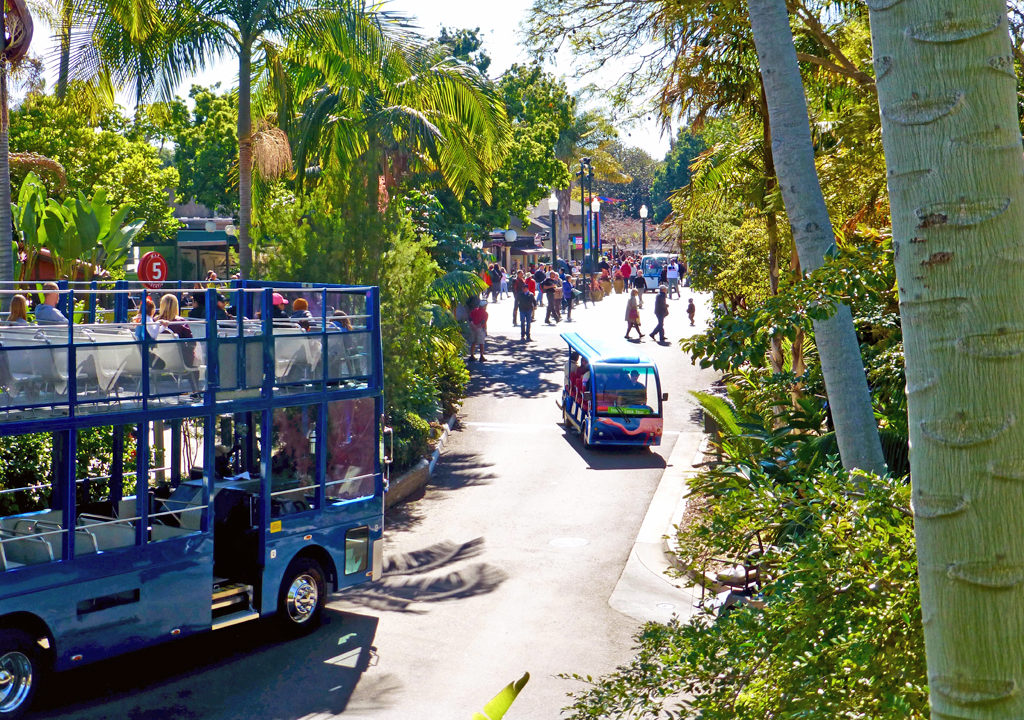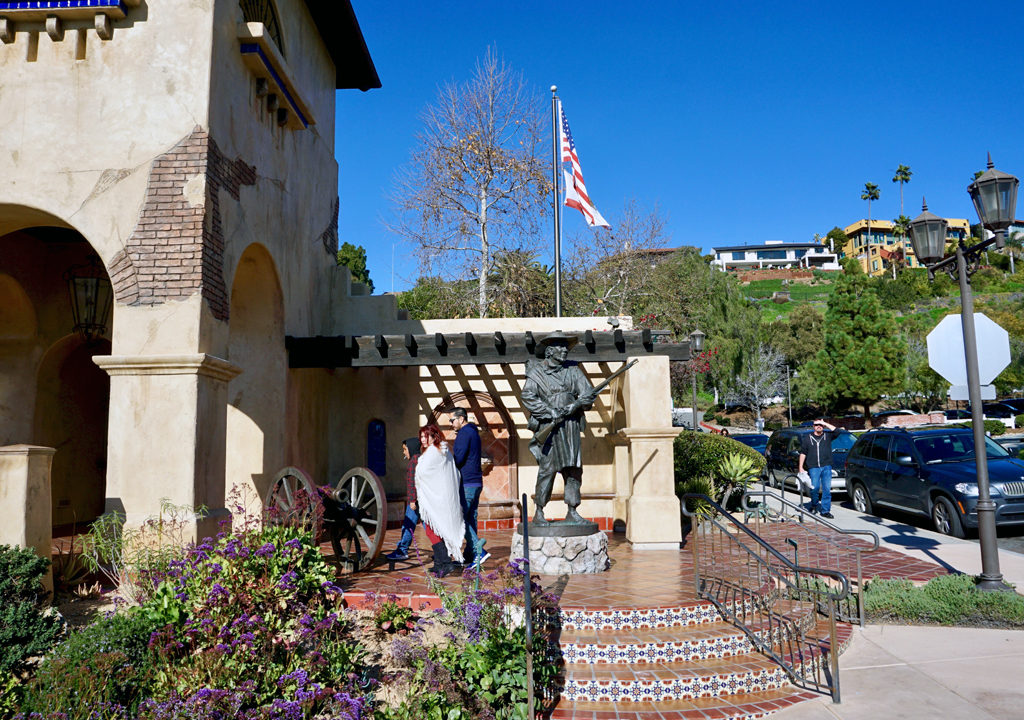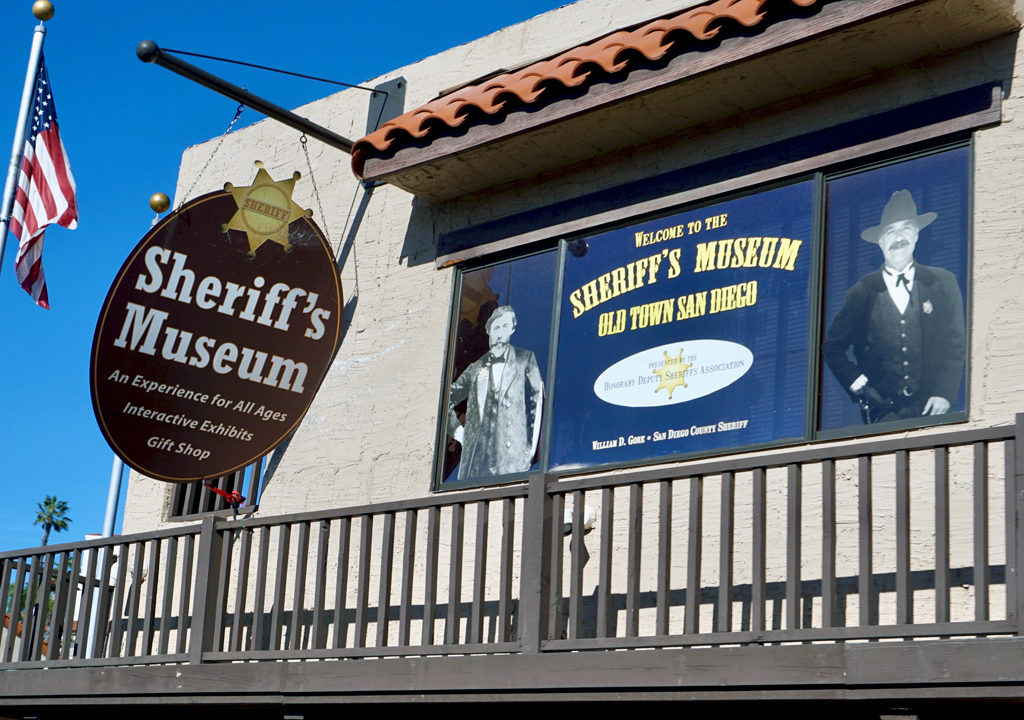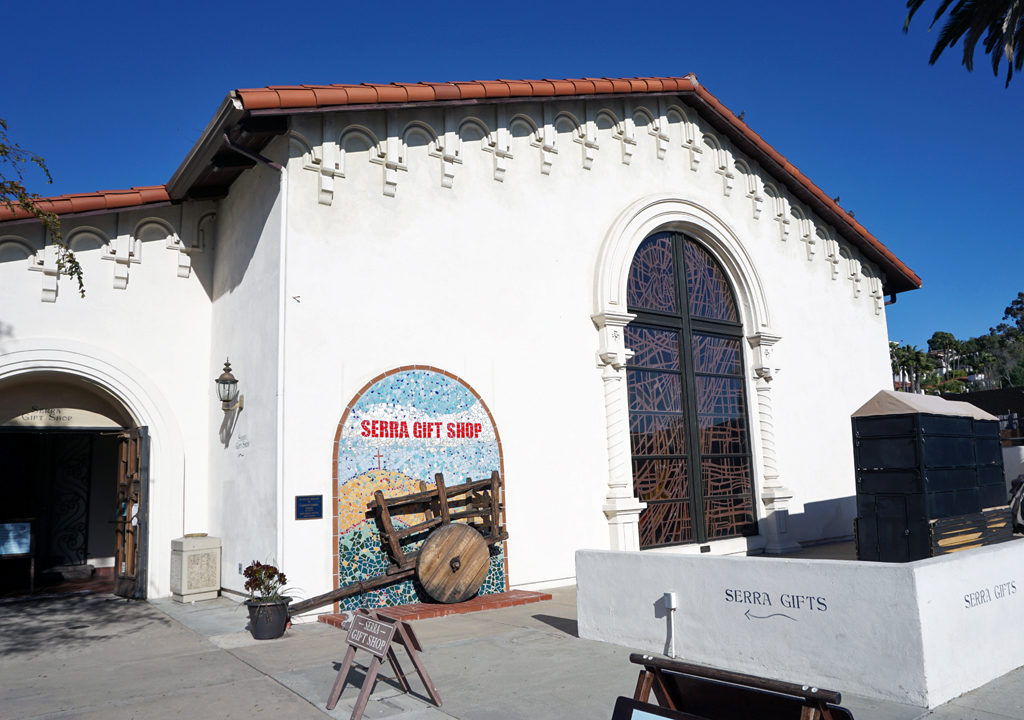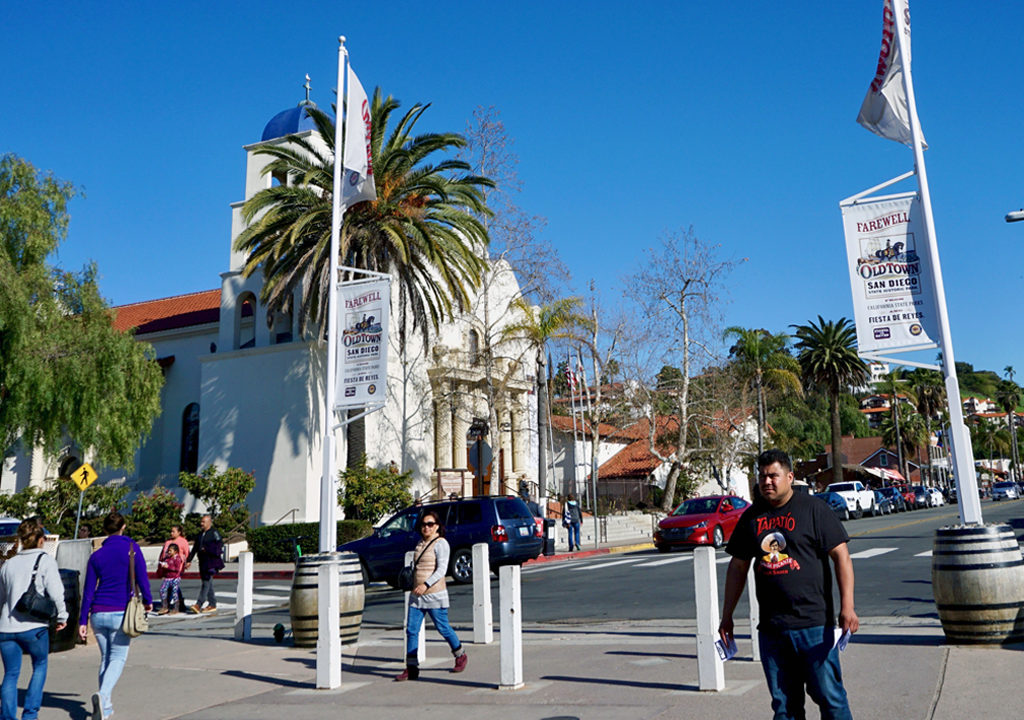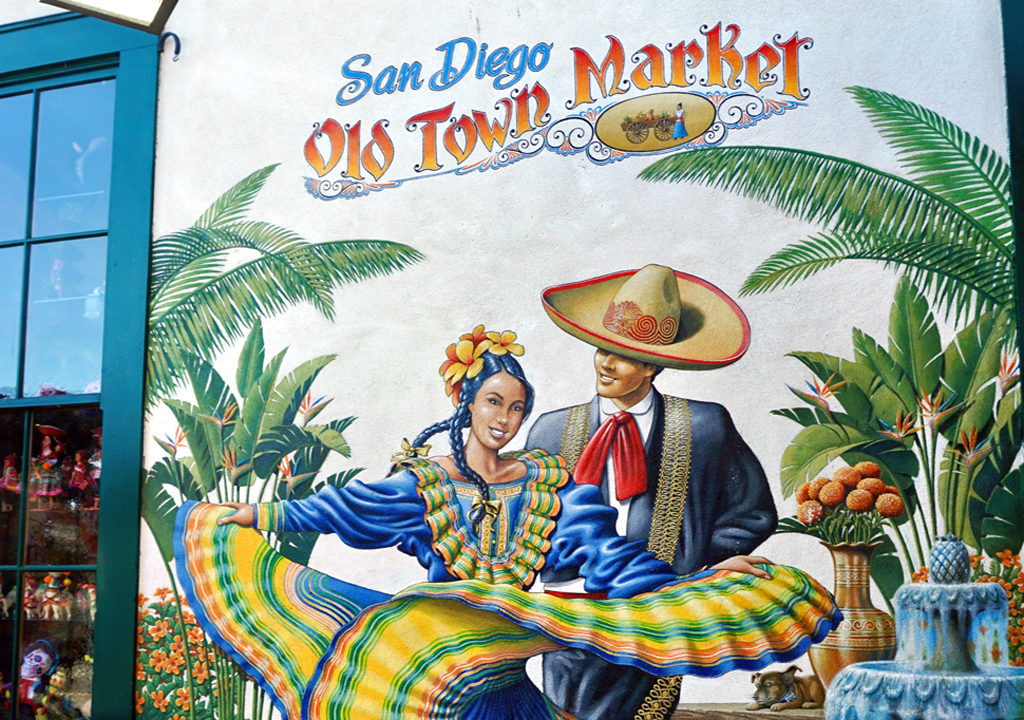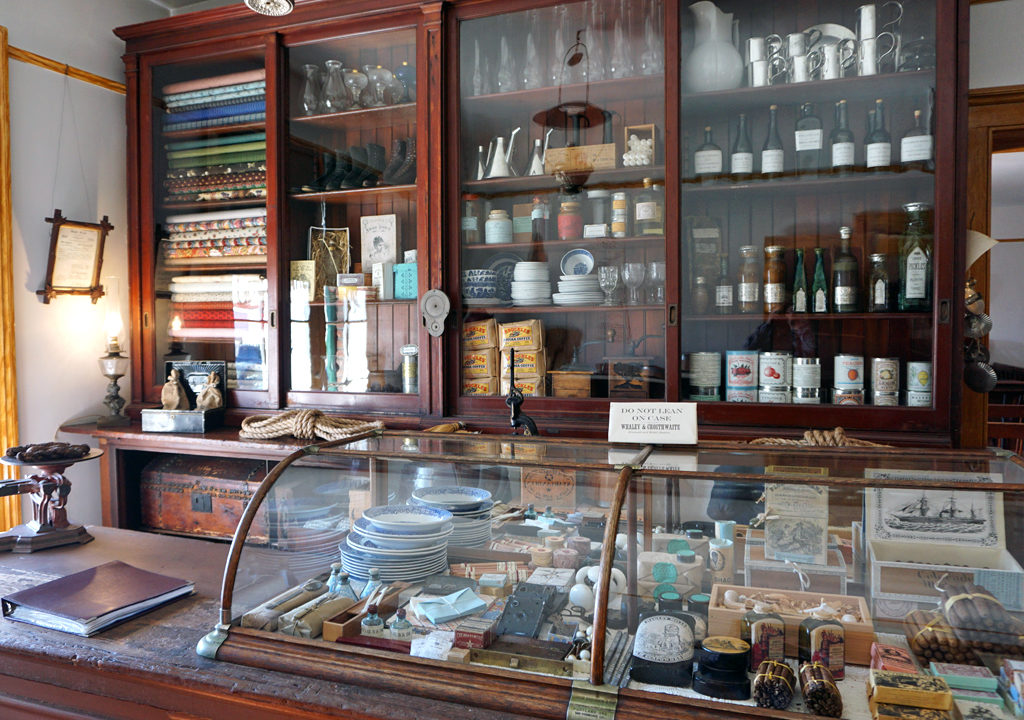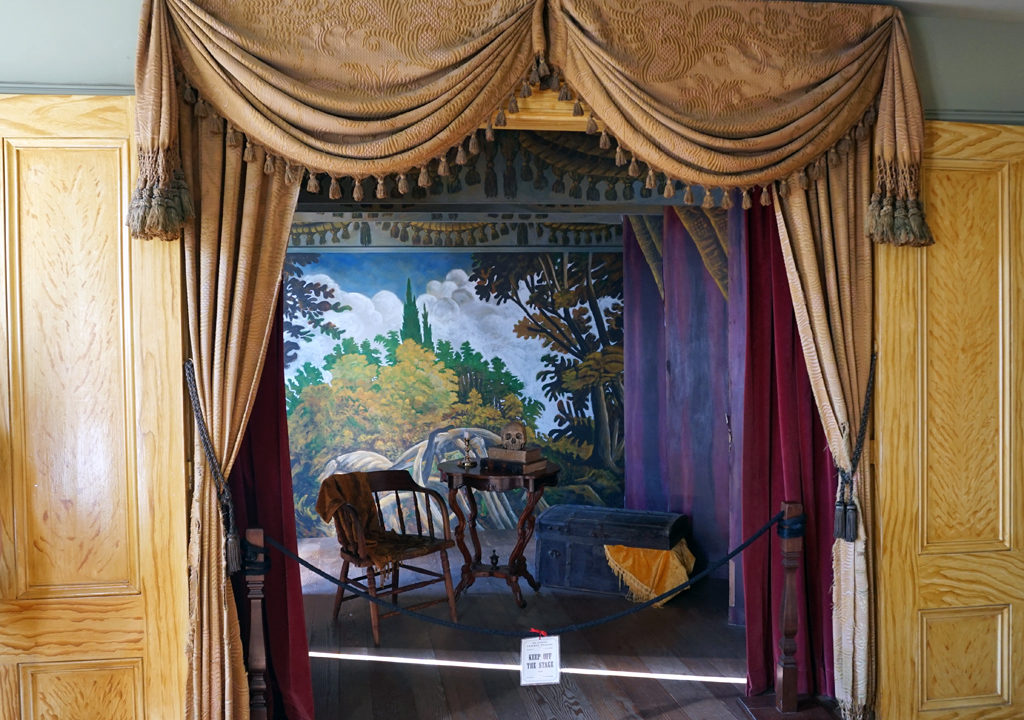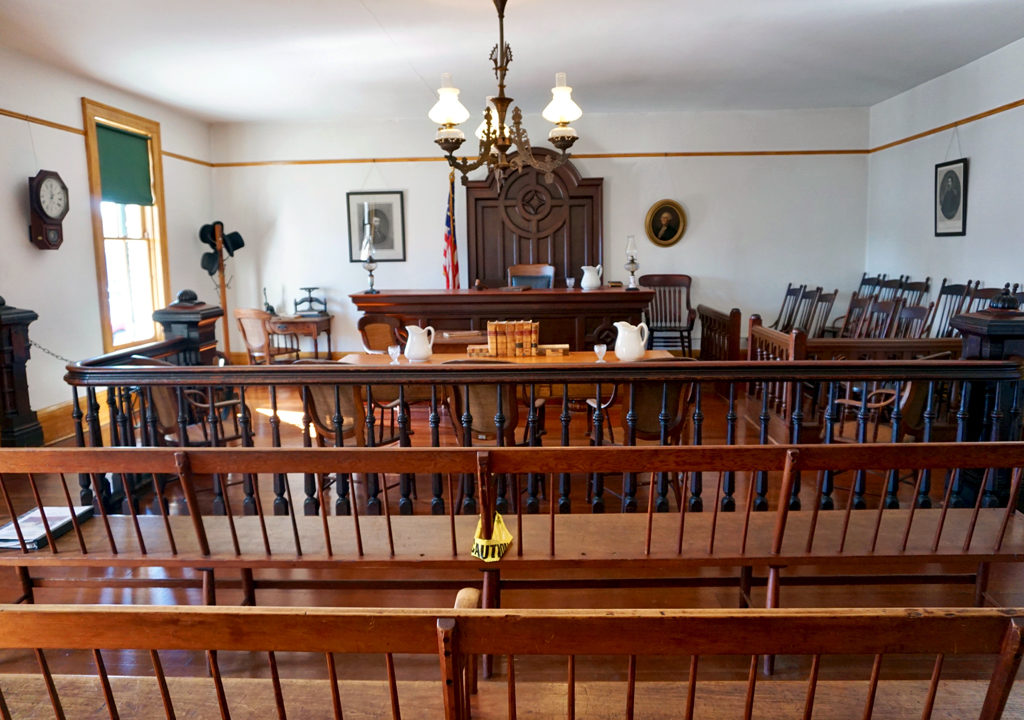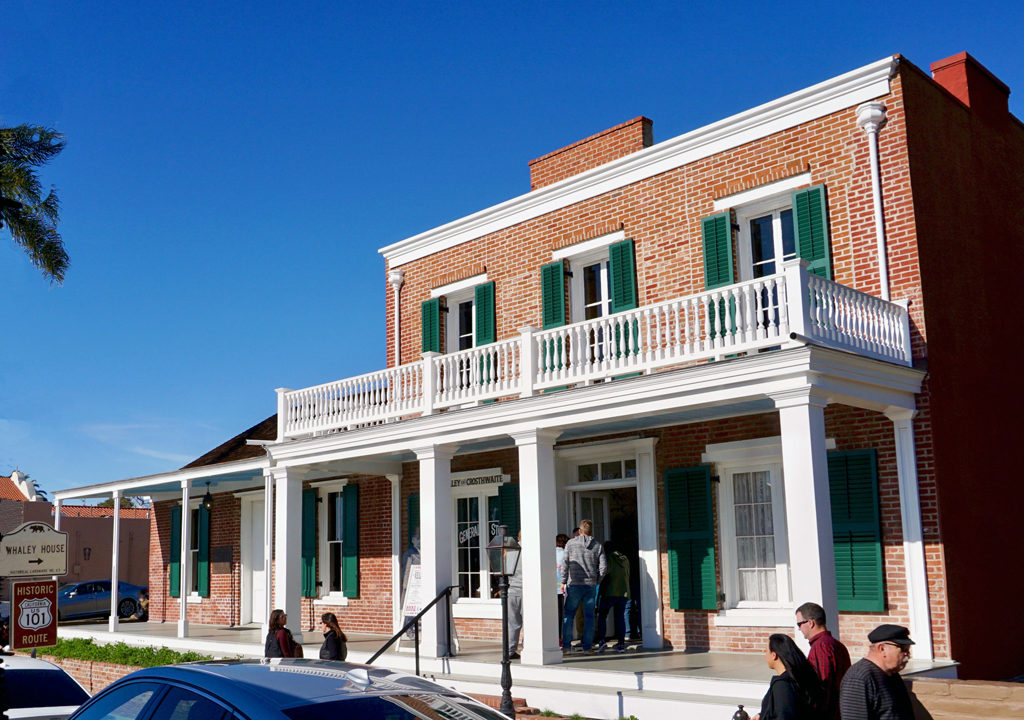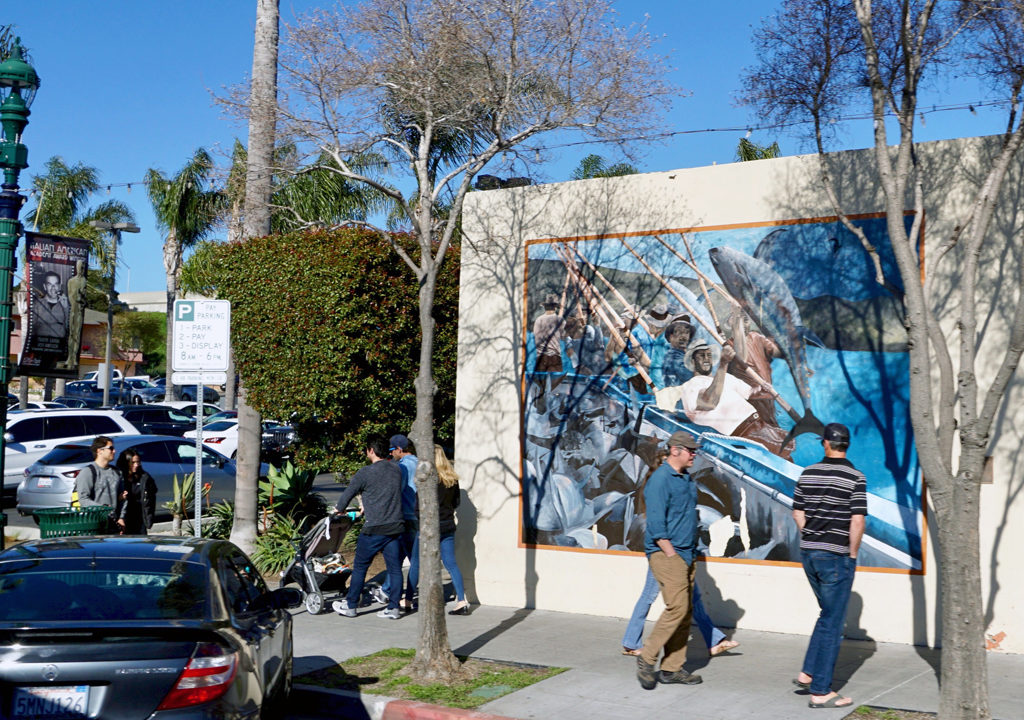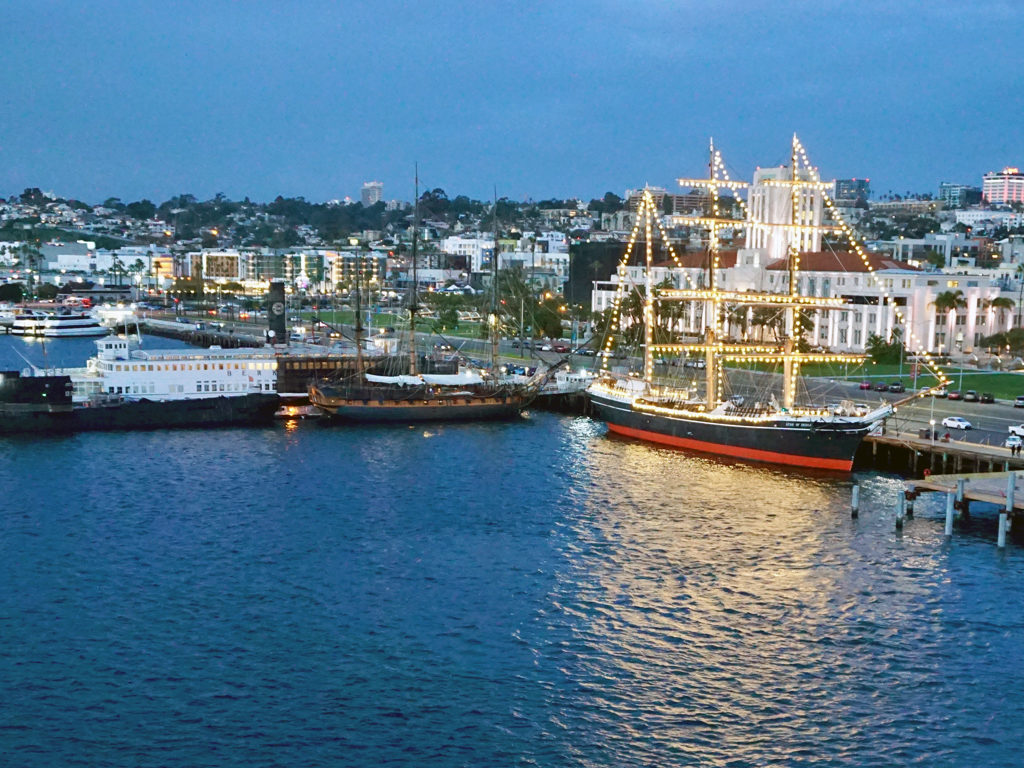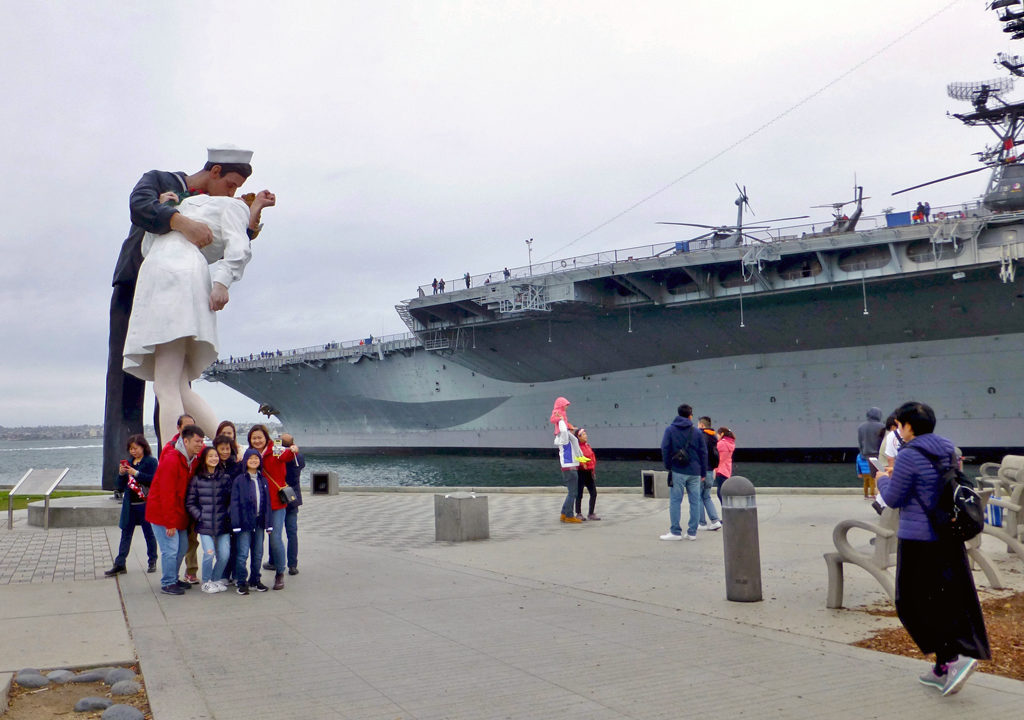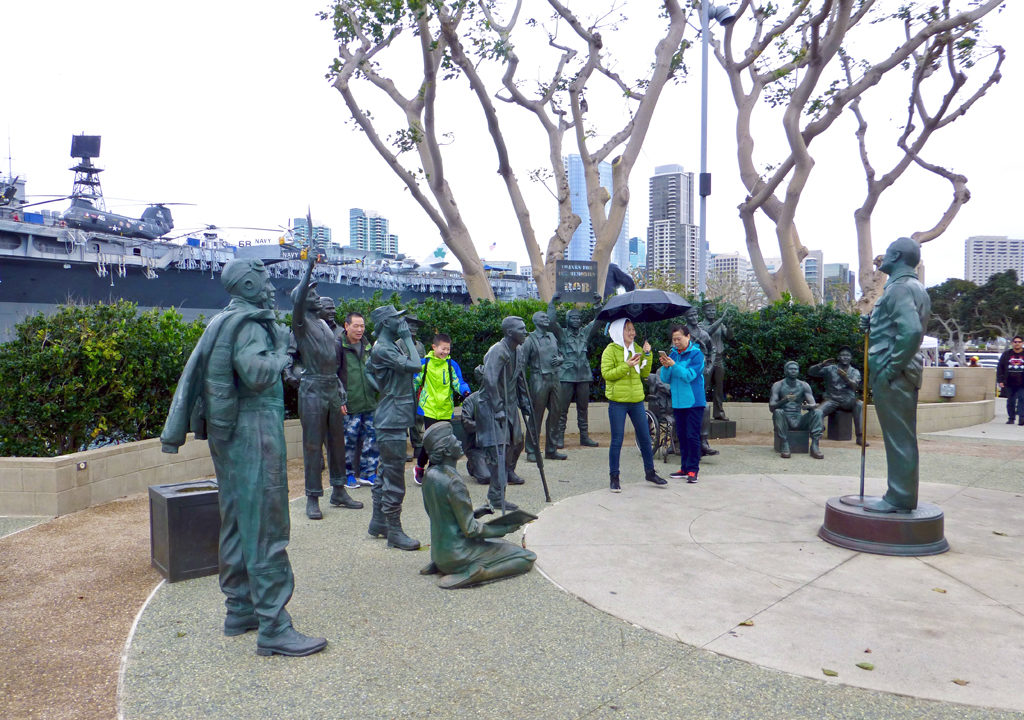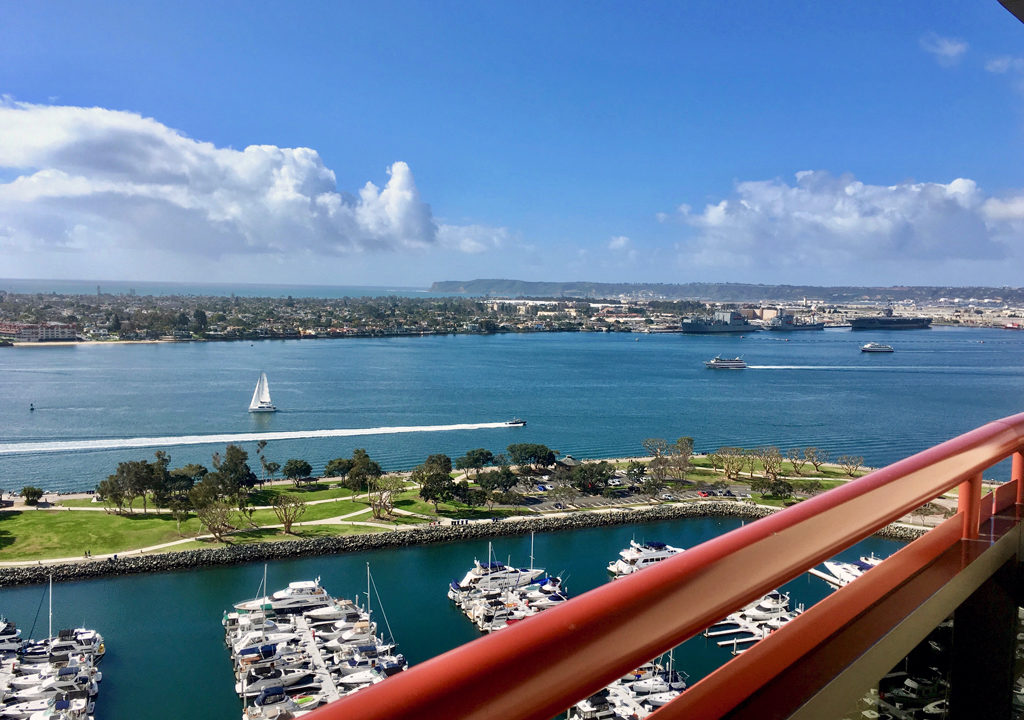San Diego, California
Balboa Park, San Diego
We booked two nights in our departure port, San Diego, before our Holland America Circle Hawaii cruise. That allowed for travel delays and gave us time to relax, explore the waterfront area, and get over any jet lag.
Marriott Marquis, Marina and San Diego Convention Center
San Diego is the eighth largest city in the USA and the second largest in California. We quickly discovered that there is so much to see and do that we needed more time. We added three more hotel nights at the end of our cruise.
San Diego International Airport is right in the city and less than three miles from the cruise terminal. Our hotel, the Marriott Marquis San Diego Marina, is about another mile along the waterfront.
Marriott Marquis San Diego Marina Marriott Marquis San Diego Marina
It was a perfect place to relax. Palms sway in the tropical oasis surrounding the pool, hot tubs and fire pits. Balcony rooms provide a spectacular view the city or San Diego Bay.
view of the Coronado Bridge, Coronado, and the marina and Embarcadero Marina Parks from our balcony at the Marriott Marquis San Diego Marina
We didn’t need to leave the hotel unless we wanted to. We discovered a reasonably-priced full-service restaurant called Marina Kitchen Restaurant & Bar and cocktails and Mexican cuisine poolside at the Tequila Bar & Grill. The Exchange’s prepackaged food to go and bottles of wine were all we needed for a scenic picnic on our balcony.
Seaport Village and the Marriott Marquis San Diego Marina
The Embarcadero, a waterfront promenade, is just outside. It leads to waterfront restaurants, the beautiful marina and parks, historic ships, museums, the Coronado ferry, and the shopping at Seaport Village.
Embarcadero Park, San Diego
Rent a surrey, bicycle or scooter. Ride a pedicab. Or find a park bench and watch the ships and boats pass by.
Embarcadero
Touring the city
After our cruise we returned to the Marriott Marquis San Diego Marina and toured San Diego the easiest way, with a narrated Old Town Trolley’s Hop-On Hop-Off trolley tour. It brought us to at all our places of interest, and Stop D was right in front of our hotel! Tickets are available at the concierge desk in the hotel lobby.
Old Town Trolley at Seaport Village, San Diego, California
“Take a picture,” our trolley driver advised as he pointed to the Marriott’s lush landscaping, “and you can tell your friends you went to Hawaii.”
Marriott Marquis San Diego Marina pool area bird of paradise, San Diego, California
If you stay onboard the trolley the 25 mile loop takes 2 hours. Hop off and trolleys come by every 20 minutes. If one is full another is sent out.
The next stop was Horton Plaza Park, named for Alonzo Horton, the “Father of San Diego.” In 1867 he rode a mule to what is now the Old Town. He thought the town should be by the bay and started what he named New Town there.
Alonzo E. Horton statue, San Diego Horton Plaza, San Diego
According to our driver, Horton knew people like corner properties anda created more by laying out short city blocks. There were no alleys, which he said were for “rubbish and rascals.”
U. S. Grant Hotel
The opulent U. S. Grant Hotel was opened in 1910 by the son of the President. It cost $1.9 million and was the finest in town. It has been restored, features a $6.5 million art collection and is part of Marriott’s Luxury Collection.
The Gaslamp Quarter
Gaslamp District, San Diego, California
The historic Gaslamp Quarter is one of San Diego’s eight distinct neighborhoods. It gets its name from the 5-globe street lamps originally fueled by gas. With over over 150 restaurants, bars, and music venues, it is a place to dine, drink and dance the night away.
Gaslamp Quarter, San Diego, California
By day, tour the Davis-Horton House, built in 1850 for the first New Town settlement. It is the oldest surviving wooden house in downtown San Diego and was one of the original saltbox-style structures shipped from Portland, Maine around Cape Horn and assembled in San Diego.
Davis-Horton House
It has been a museum since 1984, when it was moved here from State and Market Streets. Each room depicts a period in its history from a pre-Civil War military officers’ barracks to a county hospital and a private residence. Alonzo Horton and his fourth wife lived here while their house was being built.
Davis-Horton House
Next stop: the Petco Park, home to the San Diego Padres. Catch a baseball game or take a behind-the-scenes guided tour.
Coronado
The Old Town Trolley is the only one that crosses the bridge to Coronado, a beach community between San Diego Bay and the Pacific Ocean. It had a charming downtown area and has a relaxing island feel.
Theater, downtown Coronado
En route, it passes the port where, our driver said, 12% of all bananas (128 million) and 10% of all cars (4 million) imported to the U. S. come through. The colorful murals in Chicano Park, beneath the bridge, are on the National Registry.
Naval Base Coronado
San Diego has the largest naval base in the Pacific. You can spot some of its ships from the Coronado bridge.
Naval ships, San Diego Bay
Then hop off in Coronado for lunch at a beachfront restaurant or a stroll along the Coronado Beach pathway.
Coronado Beach walkway
Stop to see the legendary Hotel del Coronado, the choice of Presidents, celebrities, and royalty. “The Del,” was built in 1888 and was the first hotel west of the Mississippi wired for electricity.
Hotel del Coronado, San Diego area, California
This National Historic Landmark was featured in the 1959 movie “Some Like It Hot ,” starring Marilyn Monroe, Tony Curtis and Jack Lemmon.
Balboa Park and the San Diego Zoo
The trolley continues to Balboa Park and the San Diego Zoo. Spend a day at each if you can, but at least stop to see the magnificent Spanish colonial architecture. You will see why it is called The Jewel of San Diego.
Balboa Park Balboa Park Balboa Park Balboa Park
The buildings go back to the 1915 Panama—California Exposition that celebrated the opening of the Panama Canal. San Diego was the first American port of call.
San Diego Exposition poster
This 1,200 acre hub of the area’s history and culture is right in the center of the city and is the largest urban cultural park in the nation. If you plan to visit several museums, buy an Explorer Pass.
Balboa Park
Learn the city’s history at the San Diego History Center. Step back 75 million years at the Natural History Museum. View fine European, Asian and American art at the San Diego Museum of Art.
Museum of Art, Balboa Park, San Diego, California
Try some of the 100+ hands-on exhibits at the Fleet Science Center Learn how aviation pioneer Glenn Curtiss worked with the navy to establish San Diego as the the Birthplace of Naval Aviation at the Air & Space Museum. See one of the nation’s largest indoor model railroads at the San Diego Model Railroad Museum. And still have 11 museums to go.
Enjoy the serenity along the winding paths at the Japanese Friendship Garden. This symbol of friendship between San Diego and its sister city Yokohama, Japan features koi ponds, stone arrangements, sukiyaki-style buildings and water features.
Japanese Friendship Garden, Balboa Park, San Diego, California
See artists at work in their studios at the colorful Spanish Village Art Center, near the zoo.
Spanish Village Art Center, Balboa Park
And don’t miss the Spreckles Organ Pavilion, named for the donor. The Speckles Organ is the world’s largest pipe organ in an outdoor facility.
Spreckles Organ Pavilion
Spend a day at the San Diego Zoo and see why TripAdvisor named it The Best Zoo in the World. Inhabitants roam freely in exhibits that replicate their natural habitats, including plant species from their native lands. Top attractions include the Polar Bear Plunge, Scripps Aviary, and the Panda Canyon.
tiger, San Diego Zoo hippo, San Diego Zoo koala, San Diego Zoo Giant Panda, San Diego Zoo
Start with the guided double-decker bus tour and get a treetop view from the Skyfari Aerial Tram. Tired? Use the Kangaroo Bus to get around.
The Old Town
The Old Town is where Father Serra built the first of his 21 missions, creating the first European settlement. San Diego became the Birthplace of California.
Old Town State Historical Park is San Diego’s most popular park and celebrates the Mexican and Early American period, from 1821 to 1872. The lively Fiesta del Reyes area features 19 specialty shops and three restaurants. There’s daily music and dancing.
Old Town Market, San Diego
Some buildings from this period have been preserved, like the 1827 Casa de Estudillo, one of California’s earliest examples of Spanish architecture, and one of five original adobes. Others are reconstructions from the mid 1800s, like the Colorado House Hotel, now the Wells Fargo History Museum.
The Whaley House was built in 1857 by Thomas Whaley. He ran his business, a bilingual general store, on the first floor and lived on the second floor.
Whaley House store Whaley House theater Whaley House courthouse Whaley House, Old Town, San Diego, California
It also served as one of the first courthouses in San Diego, one of the first commercial theaters, and is thought to be one of the most haunted houses in the city. Criminals were executed at the gallows on this site before the house was built there.
Little Italy
Love authentic Italian food? Little Italy is a pedestrian-friendly neighborhood of restaurants, patio cafés, concerts, shops, and special events. On Wednesdays and Saturdays the Little Italy Mercato Farmers’ Market is held on Piazza della Famiglia, the public square with a tiled fountain. Little Italy Food Hall opened there in 2018.
tuna fishing mural, Little Italy
Many Italian families worked in San Diego’s tuna industry. San Diego was once the Tuna Capital of the World.
The Embarcadero
The Maritime Museum restores, maintains and operates historic vessels sailing ships, steam-powered boats and submarines. It is a place to learn about the history of the U. S. Navy in San Diego.
Ships of the Maritime Museum, viewed from Holland America’s Eurodam
Visitors can explore the Star of India, the world’s oldest active ship. This iron windjammer sailed from Great Britain to India and New Zealand from 1863.
B-39, a Soviet-era diesel-electric submarine, is from the Cold War.
The HMS Surprise is a recreation of the 18th century Royal Navy 24 gun frigate Rose, built for the Academy Award winning film, “Master and Commander: The Far Side of the World” with Russel Crowe.
USS Midway, San Diego
USS Midway Carrier Museum features over 30 restored aircraft and helicopters, 10 acres of exhibits, and flight simulators. A 15 minute movie features the story of one of World War 2’s most important naval battles.
Learn about living and working onboard on a self-guided tour narrated by Midway sailors. Then enter a state-of-the-art Air Combat 360 flight simulator and spin, roll and loop to your heart’s delight.
National Salute to Bob Hope, Midway Museum
Take a harbor cruise from the foot of Broadway in Embarcadero areas for another perspective of the ships in the bay. You might spot some sea lions.
Seaport Village
view from balcony, Marriott Marquis San Diego Marina
From here not is a short walk to the shops and restaurants of Seaport Village, the last trolley stop before the Marriott Marquis San Diego Marina. Shop for some souvenirs, catch a street performance or head back to the hotel to relax by the pool.

